Explore how the narratives of the films you have studied influence your response to key characters.
Sample Assessment Materials
Plan:
Introduction
Both Trainspotting (Danny Boyle, 1996) and This is England (Shane Meadows, 2007) are films that aptly demonstrate how narrative can be utilised in a variety of means to influence the audience’s response to key characters. Trainspotting employs a frenetic, nonlinear narrative that serves to immerse and engross the viewer within the hedonic world of the five main characters. Alongside this, the audience is also predominantly encouraged to empathise with the protagonist, Mark Renton, as he struggles to overcome the hardships of heroin addiction over the course of the film. Conversely, This is England employs a clear-cut linear narrative that has its roots within cinema vérité and British social realism of the 1980s. However, Shane Meadows employs the use of montage and a manipulative non-diegetic composed score to elicit empathy towards Shaun, showcasing the dangers of indoctrination. To contrast this, Meadows also implements narrative techniques to incite condemnation towards the film’s primary antagonist, Combo, who is representative of the nationalist ideologies that the film critiques throughout.
Body:
Trainspotting – employs a frenetic pace, nonlinear narrative and poetic dialogue to encourage the audience to become engrossed within the five characters’ stories. Particular empathy and engagement directed towards the protagonist, Renton.
- Opening sequence – jump cuts, ellipsis, breakneck pacing – immediately immerses the viewer within hedonism
- Renton’s non-diegetic narration – poetic and enthralling. Serves to bridge the gap between sequences. Thin, attractive, verbally articulate – highly appealing protagonist.
- Lust for Life by Iggy Pop – pulsing, bombastic retro score. The characters’ nostalgia.
- Title cards and freeze frames – release from the pandemonium to introduce us to each character, establishing an ensemble cast
- Action match – Renton falling on pitch and in the den
- Sick Boy James Bond references – relatable and appealing
- Bizet’s Habanera alongside exaggerated jagged wooden planks- comical reinforcement of Renton’s isolated struggle to “get off the skag”
- Worst toilet in Scotland – surrealist filmmaking, Brian Eno score, brief interlude from the frenetic pacing. Renton‘s distraught inner turmoil
- London Montage – time compression, speed of change in Renton’s life. Juxtaposing EDM contemporary score.
- Closing monologue mirrors Renton’s opening “choose life” speech. Full circle, confessional remarks. Narrative satisfaction, empathising with Renton’s final decision to take the money.
This is England – use of montage, newsreel footage serves to garner the audience’s empathy towards Shaun’s indoctrination. British social realism roots. Incite repulsion and condemnation towards Combo.
- Opening montage – newsreel footage establish historical context, crucial in establishing the foundational empathy towards Shaun. Cause and effect – Shaun’s impoverished, fatherless way of life is as a result of the clips featured in the montage
- Fun with friends montage – uses ellipses to highlight the budding relationship between Shaun and the skinheads. Innocent activities – swimming, puddle jumping – juxtaposes thuggish exterior. Highlights vulnerability and their co-dependence
- Combo’s story – threatening atmosphere establishes his repugnance. Tight closeups, emphasis of racial epithets, manipulative Ludovico Einaudi score
- Shaun superimposed against racist graffiti – empathy towards his indoctrination
- Final scene – Shaun throwing the English flag into the water. His rejection of a nationalist ideology.
Conclusion
Essay – Version 1
Both Trainspotting (Danny Boyle, 1996) and This is England (Shane Meadows, 2007) are films that aptly demonstrate how narrative can be utilised in a variety of means to influence the audience’s response to key characters. Trainspotting employs a frenetic, nonlinear narrative that serves to immerse and engross the viewer within the hedonistic world of the five main characters. Alongside this, the audience is also predominantly encouraged to empathise with the protagonist, Mark Renton, as he struggles to overcome the hardships of heroin addiction over the course of the film. Conversely, This is England employs a clear-cut linear narrative that has its roots within cinema vérité and British social realism of the 1980s. However, Shane Meadows employs the use of montage and a manipulative non-diegetic composed score to elicit empathy towards Shaun, showcasing the dangers of nationalist indoctrination. To contrast this, Meadows also implements narrative techniques to incite condemnation towards the film’s primary antagonist, Combo, who is representative of the nationalist ideologies that the film critiques throughout.
The opening sequence of Trainspotting employs a variety of narrative techniques to influence the viewer’s response towards the characters. The disjointed, frenetic narrative drive is immediately established by the film’s cold open in medias res, beginning with a wide shot of Renton and Spud fleeing from the authorities down an Edinburgh street. The scene is accompanied by the non-diegetic compiled score, Lust for Life by Iggy Pop – a pulsing, bombastic song that serves as a nostalgically ‘retro’ soundtrack, exemplifying the characters’ youth. The song immediately immerses the audience within the hedonistic world of Trainspotting, forming a connection between the viewer and the characters. Alongside the score, the scene is also accompanied by Renton’s non-diegetic narration, beginning with the iconically anti-capitalist “choose life” monologue. Renton’s narration is both poetic and enthralling in nature, also serving to bridge the gap between scenes. Renton’s articulate disposition alongside his thin, attractive appearance paints him as a highly charismatic, appealing protagonist to follow throughout the film.
The opening sequence of the film also employs the use of freeze frames and title cards to introduce us to each of the five characters. This allows the viewer a brief release from the pandemonium to soak in each character’s introductory frame, embedding the film’s ensemble cast in the mind of the viewer. Renton also briefly breaks the fourth wall when he looks at the camera through the windshield, grinning at the viewer during his freeze frame. When Renton is hit by the ball during the football training scene, an action match is implemented that displays him falling to the ground after smoking a cigarette in the drug den. This action match creates a light-hearted juxtaposition – the exhilarating camerawork is highly appealing to view, further engrossing the audience in the frenzied world inhabited by Renton. In addition, when Sick Boy makes reference to multiple James Bond films – a seminal hallmark of British pop culture – it is appeals to a British audience, creating a sense of relatability between Sick Boy and the viewer.
Danny Boyle employs surrealist filmmaking techniques to reinforce Renton’s distraught state of mind as he attempts to quit heroin. As he lists off his supplies for isolation, the non-diegetic compiled classical score – Georges Bizet’s Habanera – comically enhances Renton’s struggles. The exaggerated imagery of the jagged wooden planks on the door also serves as a metaphorical representation of Renton’s isolation. Alongside this, the infamous ‘worst toilet in Scotland’ is theatrically repulsive, expressively displaying Renton’s perturbed inner turmoil. This brief vignette also serves as a brief interlude from the film’s frenetic pacing, allowing the viewer to deepen their connection to Renton.
The London montage that signals the film’s second act also exemplifies how narrative is used to elicit empathy towards Renton throughout Trainspotting. The use of the non-diegetic compiled score, Think About The Way by Ice MC – an EDM song exemplary the 1990s – starkly juxtaposes the retro ‘70s soundtrack of the first half of the film, signalling a change in location and society for Renton. The modern metropolis of London is displayed through an array of quick closeups of cliched sights including Tower Bridge, buses, and Piccadilly Circus. These sights contrast sharply with the Scottish landscapes seen earlier in the film, representing Renton’s new life and the challenges that come with it. Boyle’s use of montage is a narrative technique that conveys a sense of time compression, emphasising the overwhelming speed of change in Renton’s life.
Renton’s closing monologue mirrors his opening “choose life” speech, as they both follows a similar rhythm and cadence. Renton’s confessional remarks create a sense of closure and resolution, bringing the narrative back full circle. Renton’s final embrace of capitalism exemplified through his final decision to take the money is cathartic, leaving the viewer to question what they would do in Renton’s shoes. Boyle’s use of a focus pull away from Renton provides a sense of finality, leaving the viewer – who is now emotionally invested within Renton’s narrative – deeply satisfied.
In stark contrast to Trainspotting, This is England opens with an extended montage made up of newsreel footage, portraying events such as the Iranian embassy crisis, that serves to root the film within the relevant historical context of 1980s Thatcherist Britain. Meadows’ intention is to create a sense of cause-and-effect that underpins the film’s narrative structure – when we are introduced to Shaun, the viewer comes to realise that Shaun’s impoverished, fatherless way of life is as a result of the events portrayed throughout the montage. The opening sequence of the film serves as a crucial establishing foundation in inciting empathy towards Shaun from the viewer.
The ‘fun with friends’ montage highlights the budding relationship between Shaun and the skinheads, further deepening the relationship between the characters and the viewer. Shaun’s acceptance into skinhead gang is a significant moment in the film’s narrative structure – the gang becomes a surrogate family for Shaun. The innocence of the characters is exemplified through their childish activities – the montage showcases the gang swimming together, alongside running and jumping in puddles. This perhaps subverts the viewer’s preconception of skinhead culture, as the display of light-hearted fun juxtaposes their intimidating, thuggish exterior.
The sequence in which Combo tells a prison story serves to establish his racist ideology, positioning the audience to condemn Combo as the primary antagonist of the film. Combo’s gatecrash instantly shatters the placid equilibrium of the party, creating a threatening atmosphere, serving to reveal his repugnance to the audience. Meadows’ utilisation of tight close-ups of Combo’s mouth at eye level emphasises his racially-driven hatred, reinforced by his utterances of racial epithets. Ludovico Einaudi’s non-diegetic composed piano score is manipulatively emotional, a departure from traditional social realism that serves to bolster the emotional weight of the scene, causing the viewer to denounce Combo’s nationalist ideologies. This culminates in a heightened level of empathy towards Shaun later in the film as he is indoctrinated by Combo to perform racially-driven hate crimes. This is underpinned by a low-angle shot of Shaun walking under a tunnel that is superimposed with racist graffiti, accompanied by Einaudi’s manipulative score.
The final scene of the film displays Shaun throwing the English flag into the sea, being a powerful conclusion to the film’s narrative. It serves as a symbol of Shaun’s rejection of nationalist ideologies and his acceptance of a more inclusive identity. The final shot is a closeup of Shaun looking directly at the camera, breaking the fourth wall to leave a lasting impression on the audience. This scene serves to both highlight the dangers of nationalist indoctrination and provide a level of finality and catharsis – the audience has established an empathetic connection with Shaun over the course of the film, with this scene marking the end of his character arc.
In conclusion, both Trainspotting and This is England showcase how narrative techniques can be implemented to influence the audience’s response towards key characters. Boyle’s use of nonlinear narrative, score, and non-diegetic narration culminate to immerse the viewer within the hedonistic world of the characters first and foremost, encouraging empathy towards Mark Renton as he struggles with drug addiction. Meadows’ approach appears to be much more direct, utilising audience positioning, newsreel footage, alongside a highly manipulative score to fully influence the viewer’s perceptions of Shaun and Combo in order to critique the nationalist ideologies that plagued Britain during the 1980s.

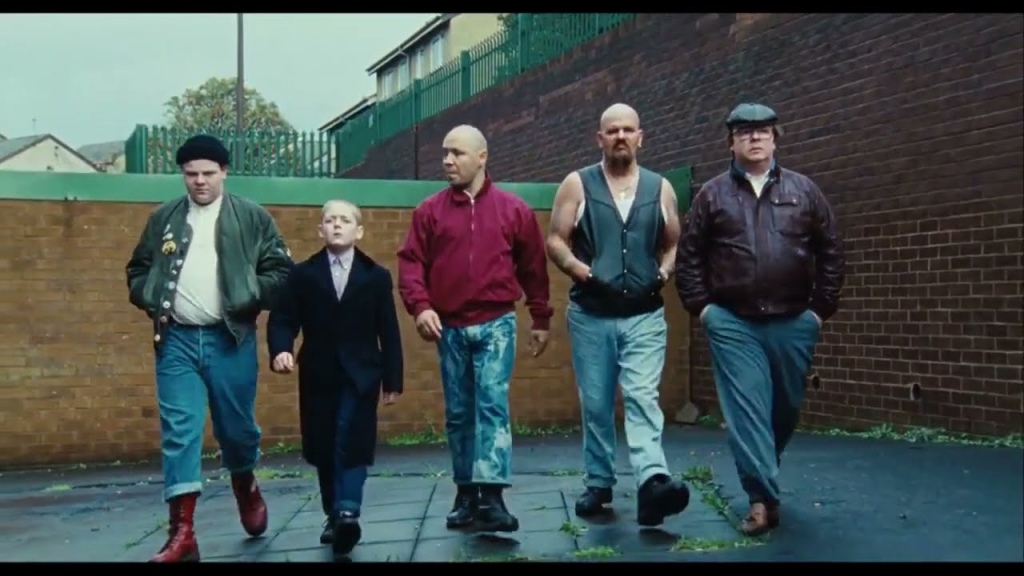
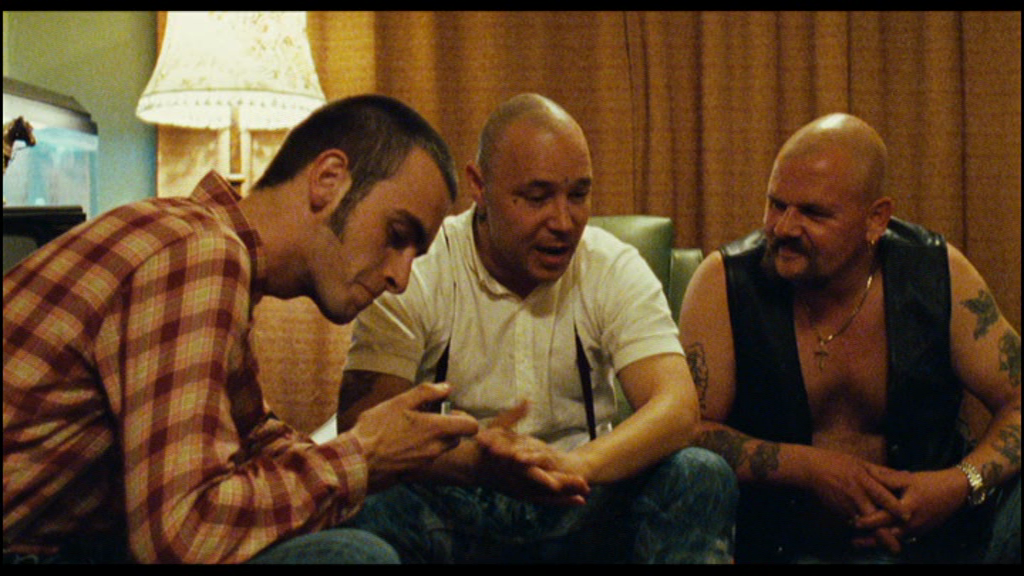
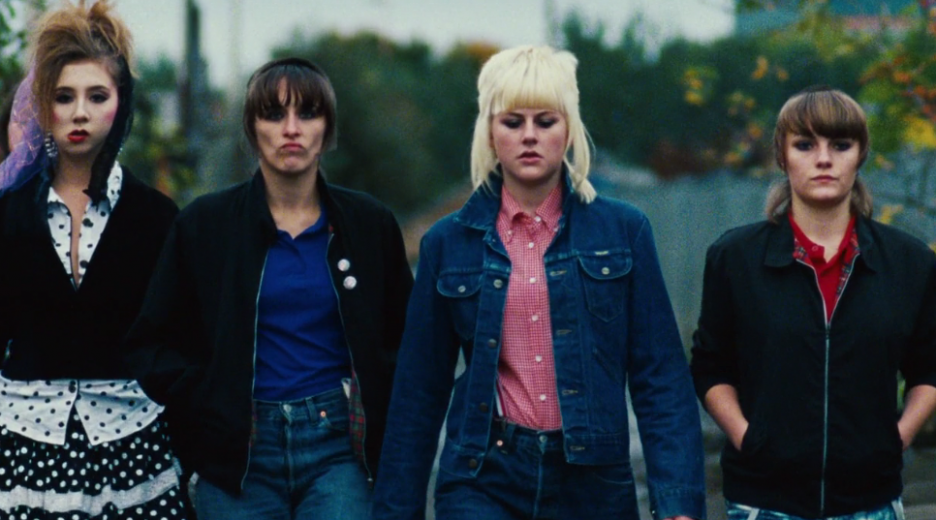
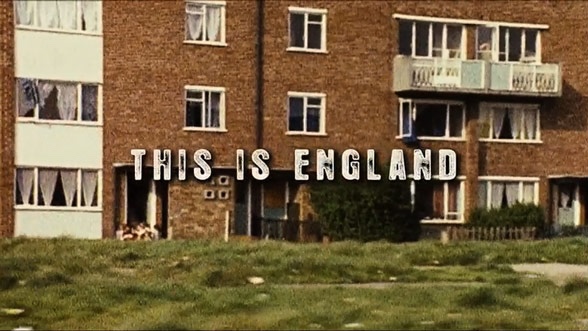
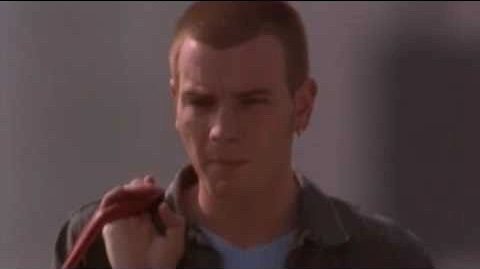

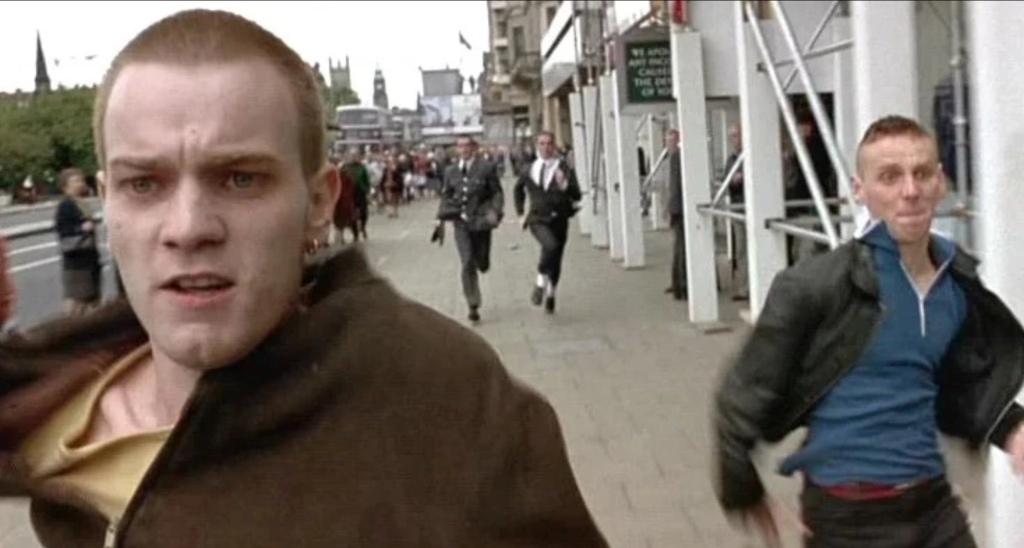
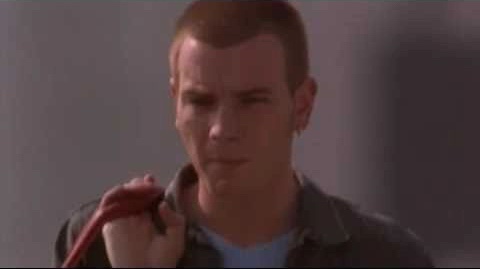
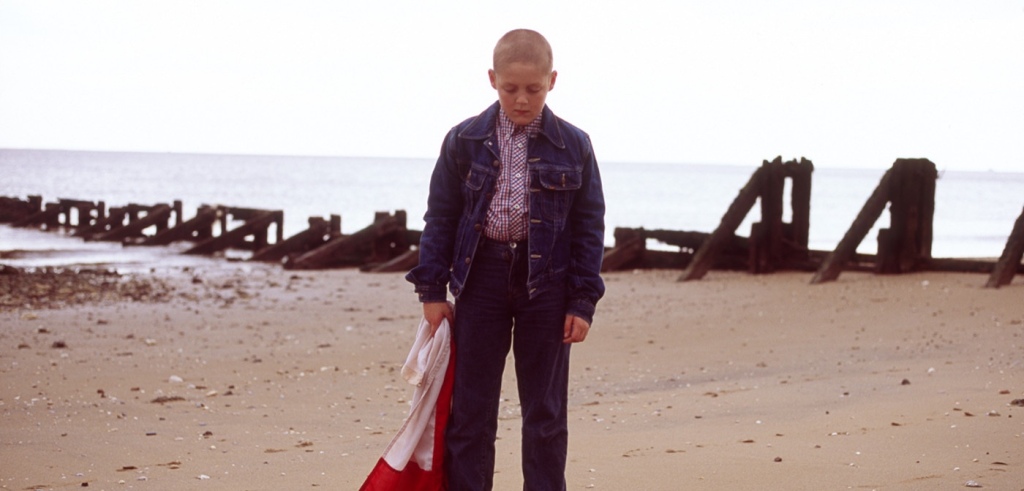
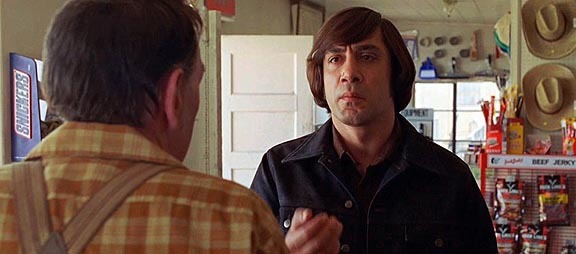
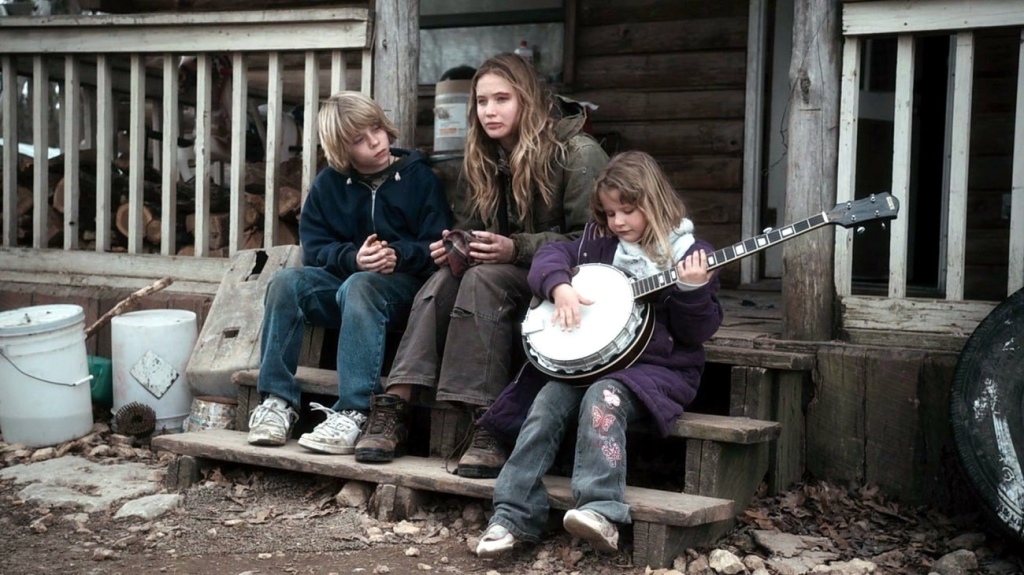
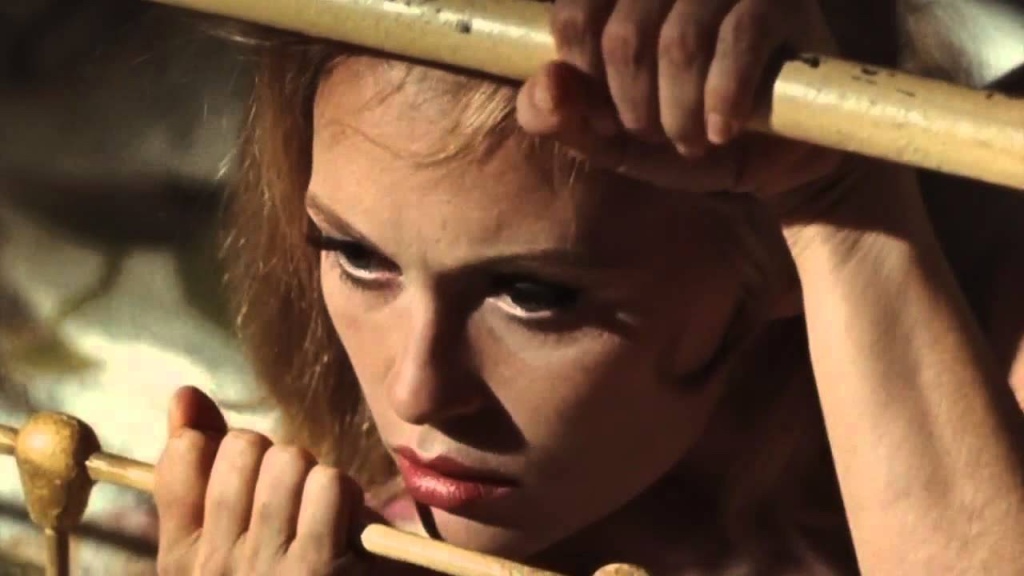
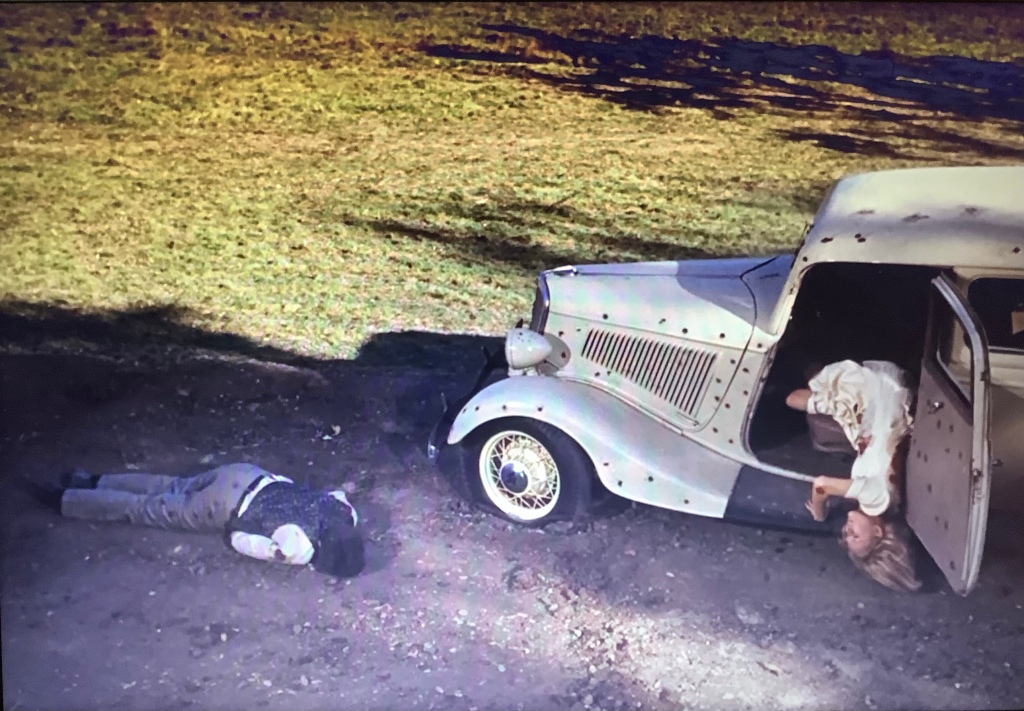

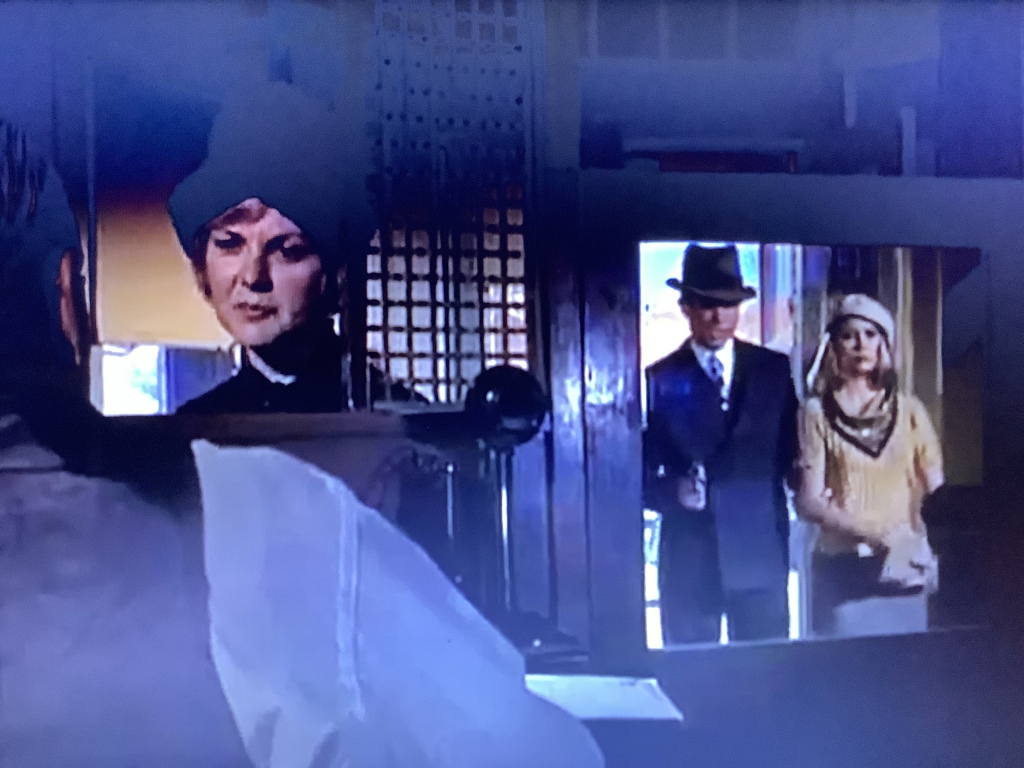
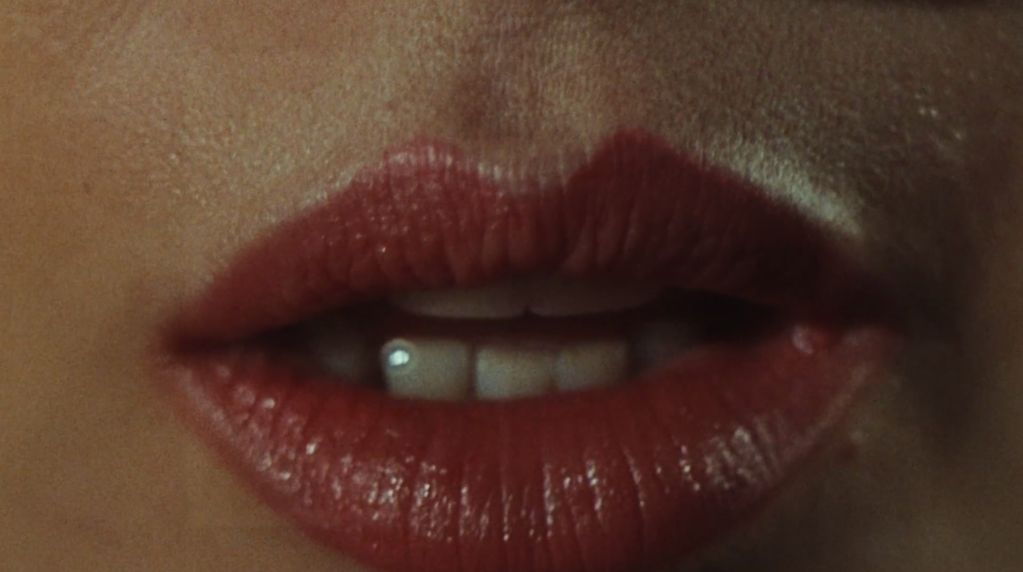
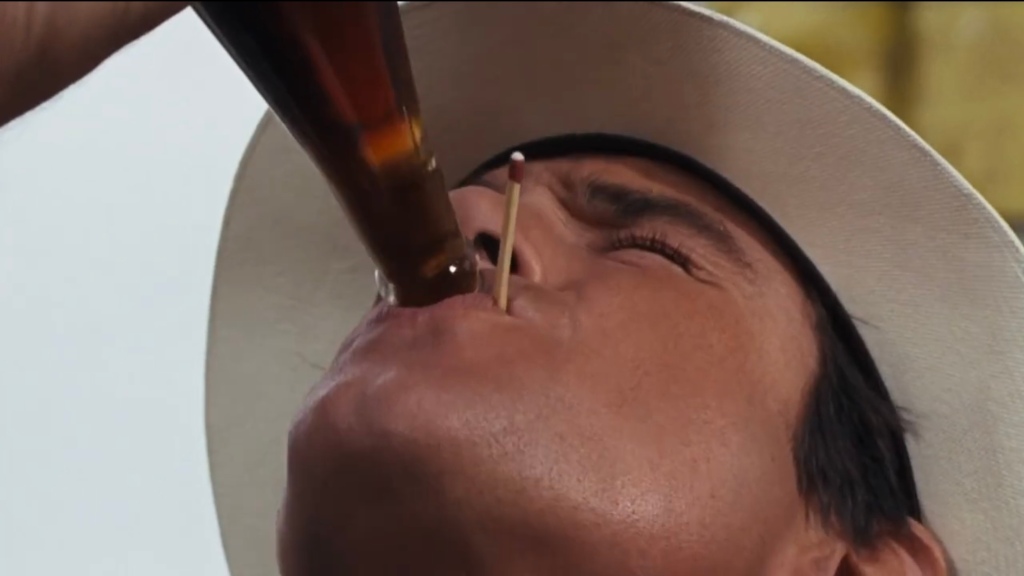
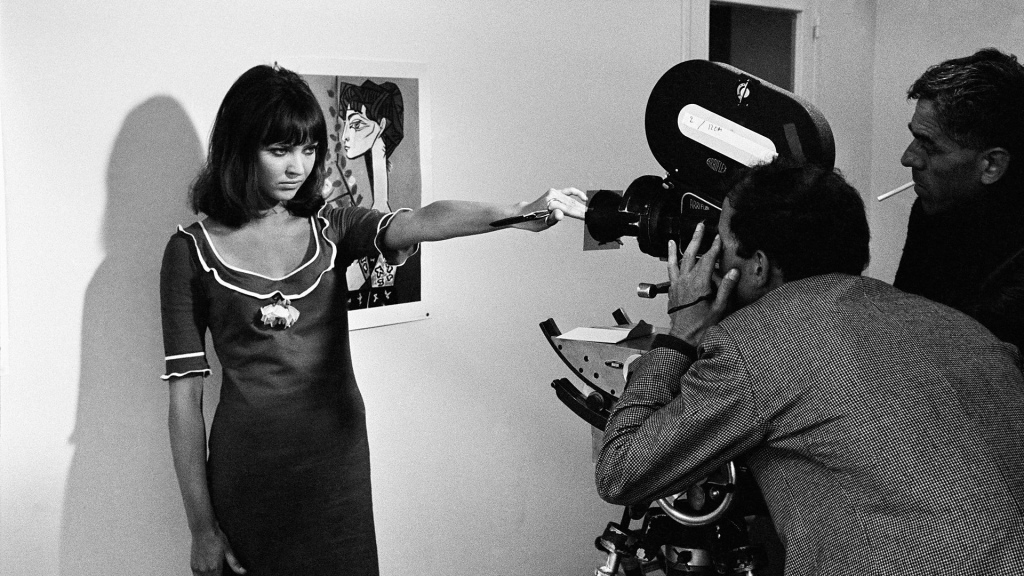
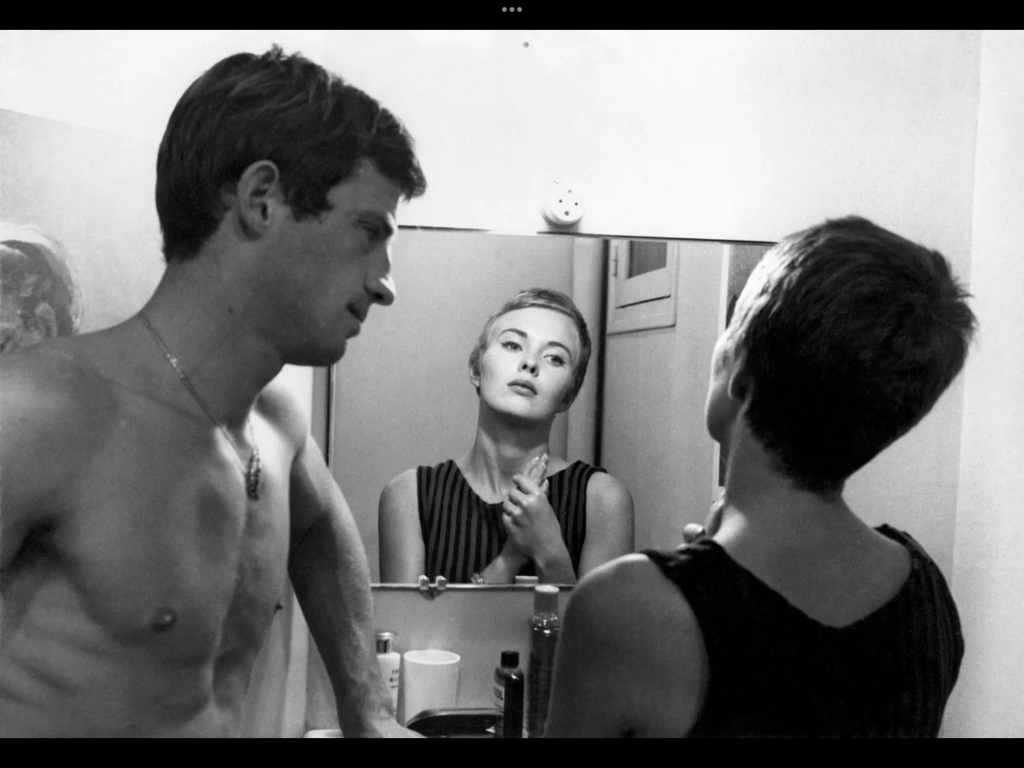
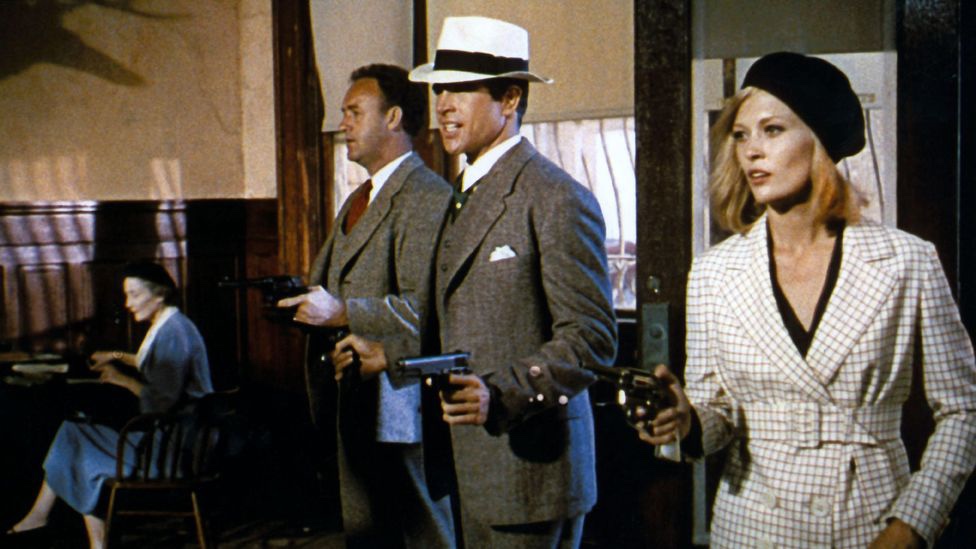
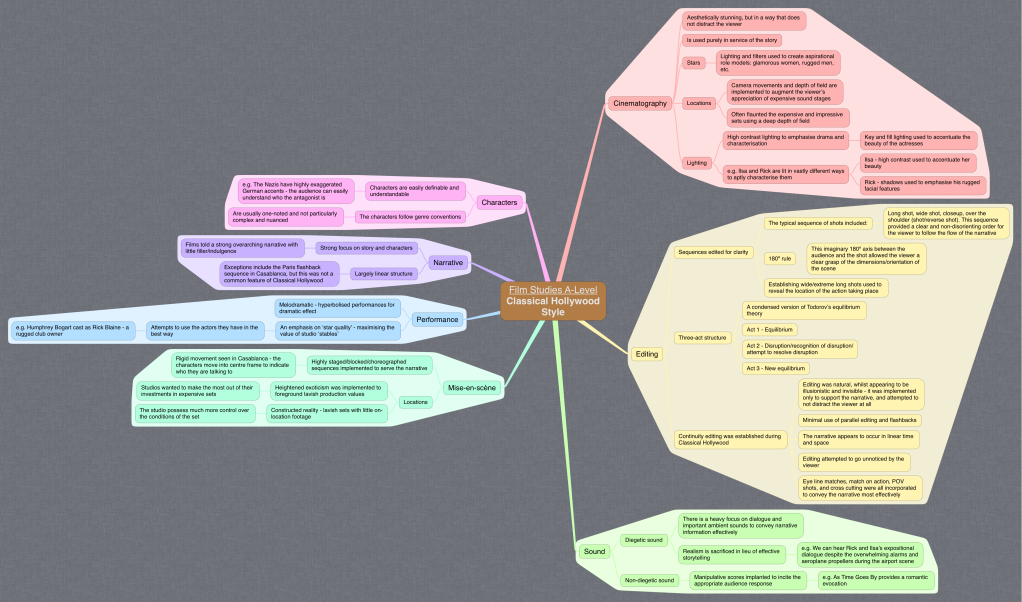
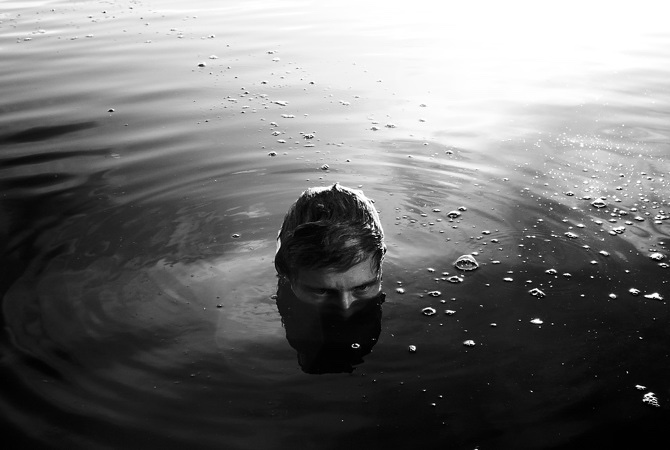
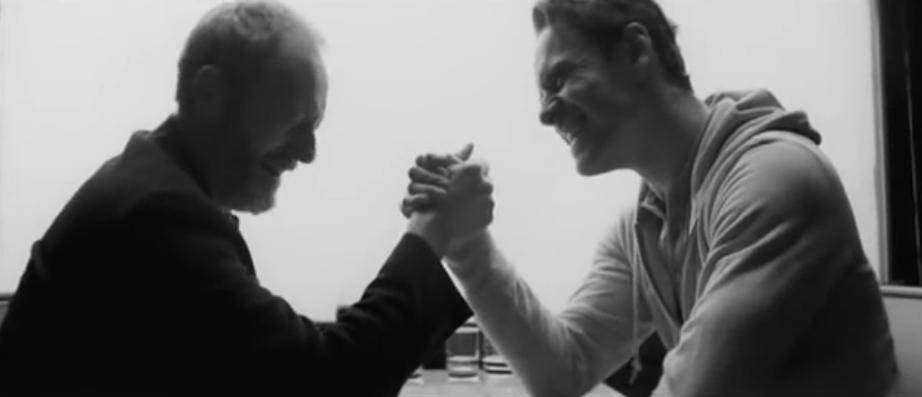
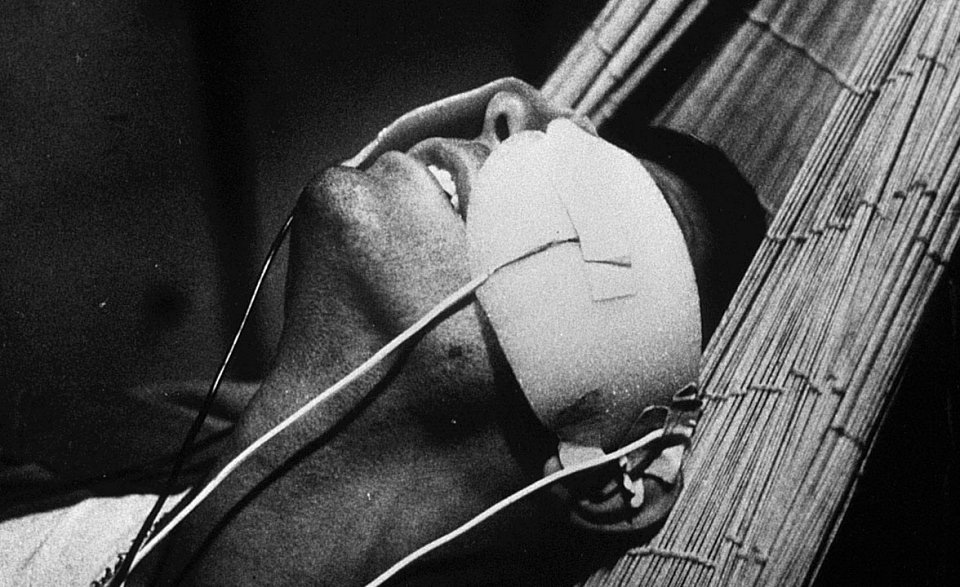
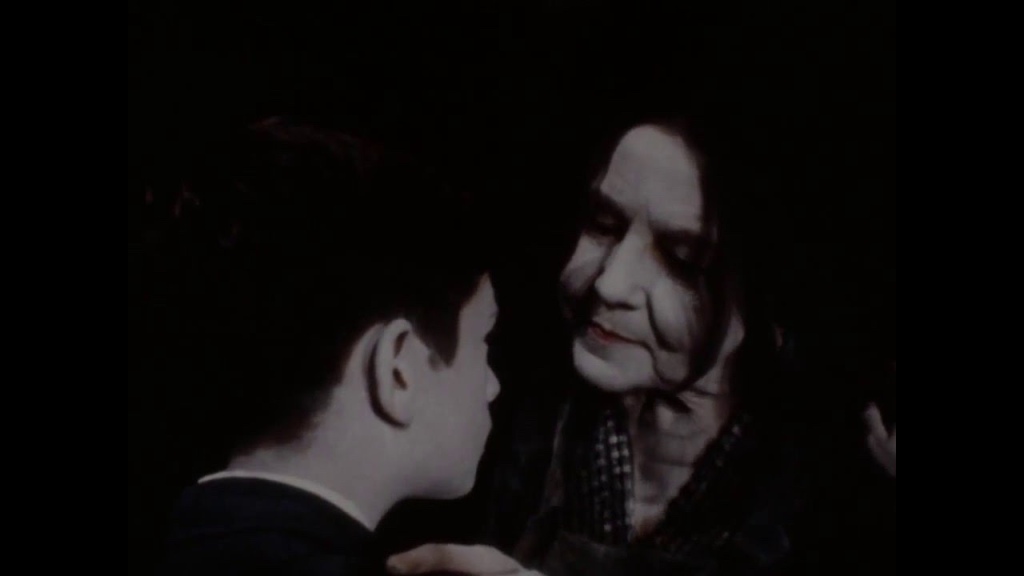
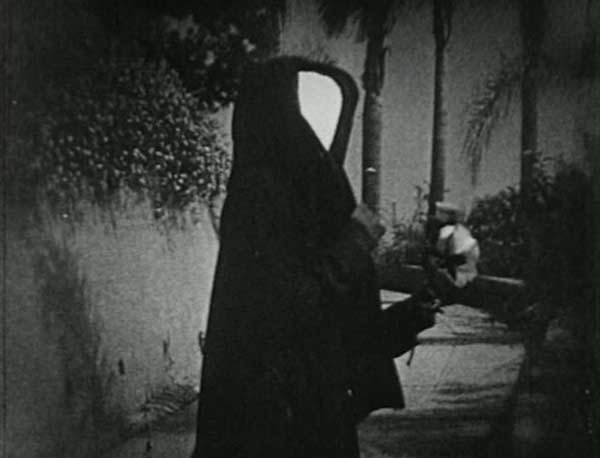
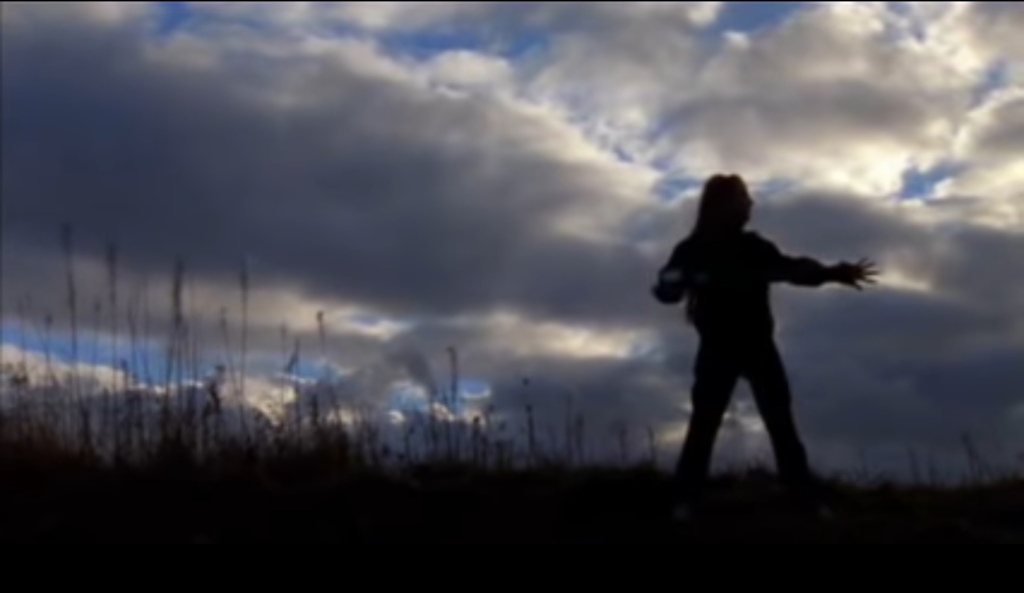
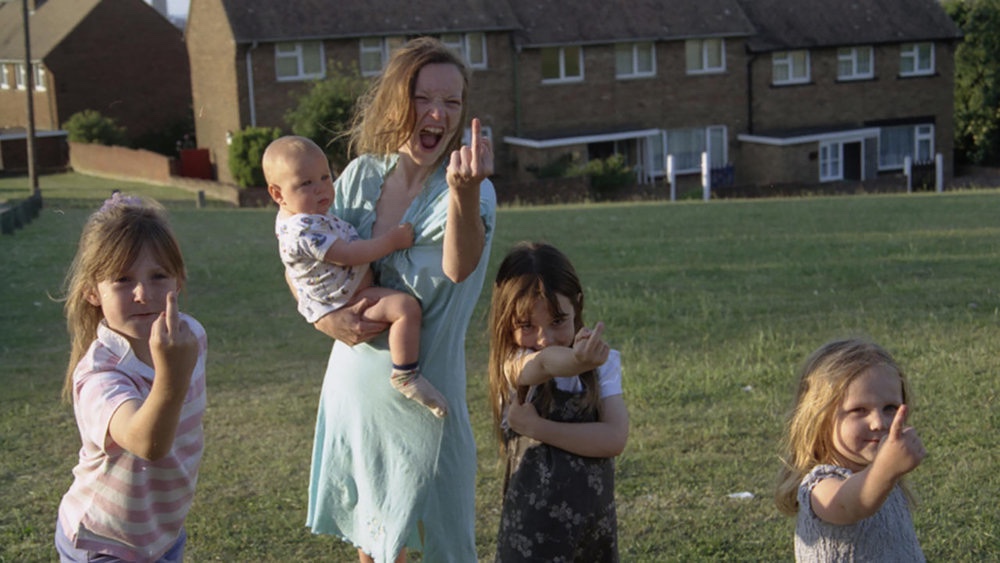

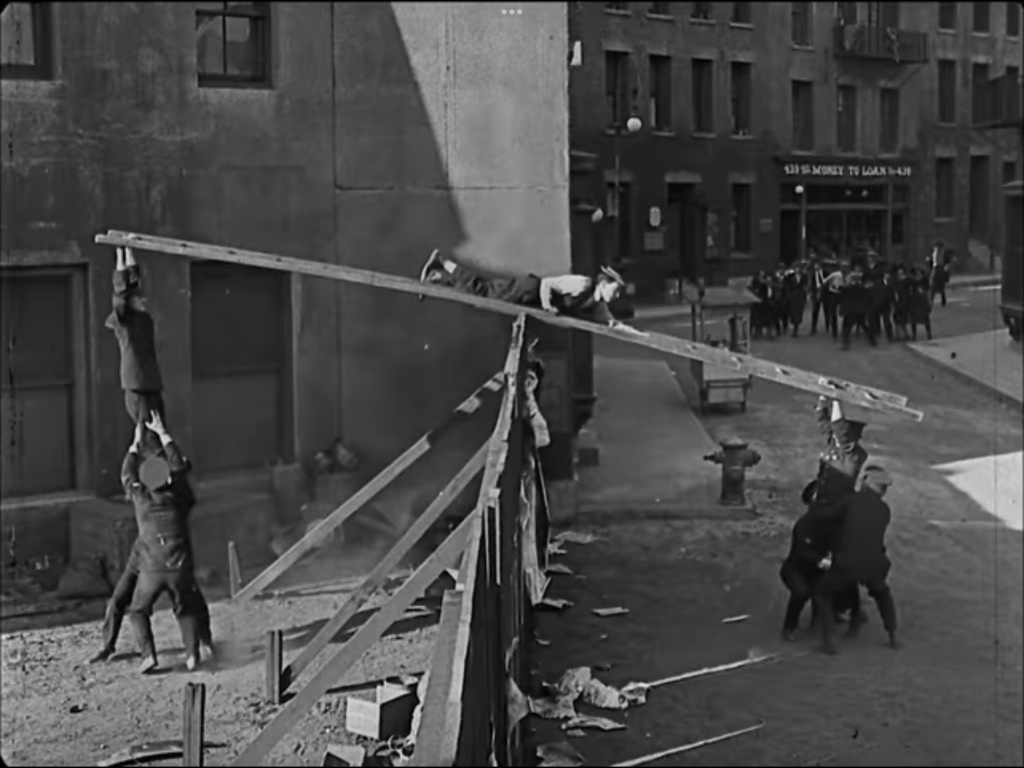


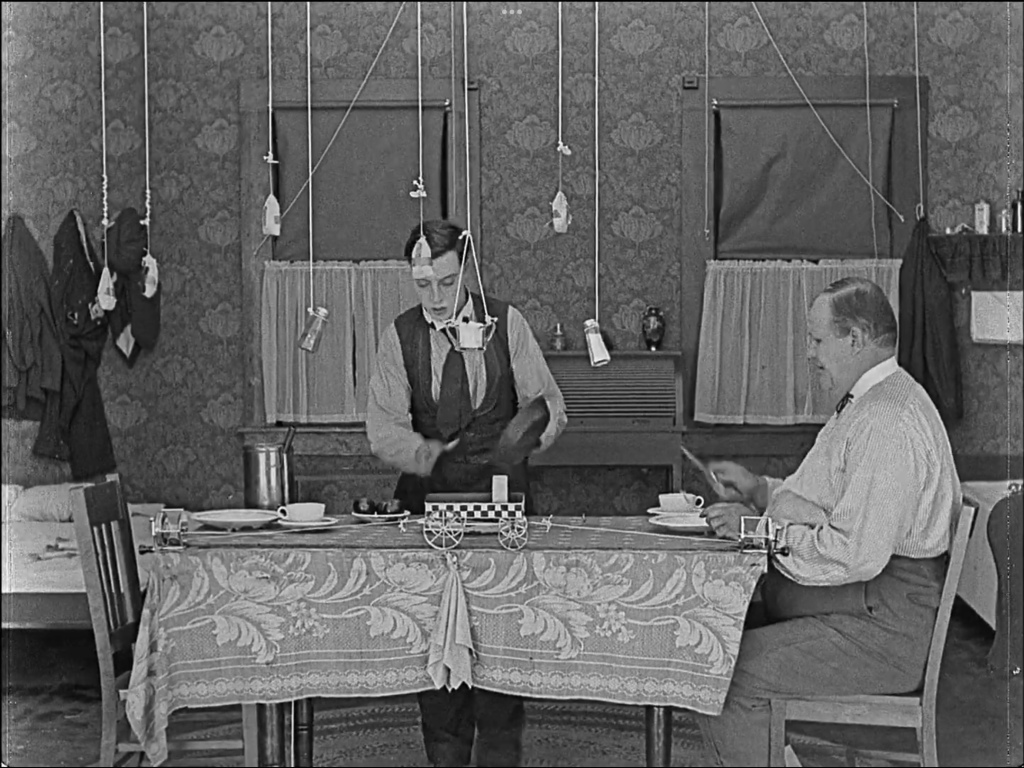
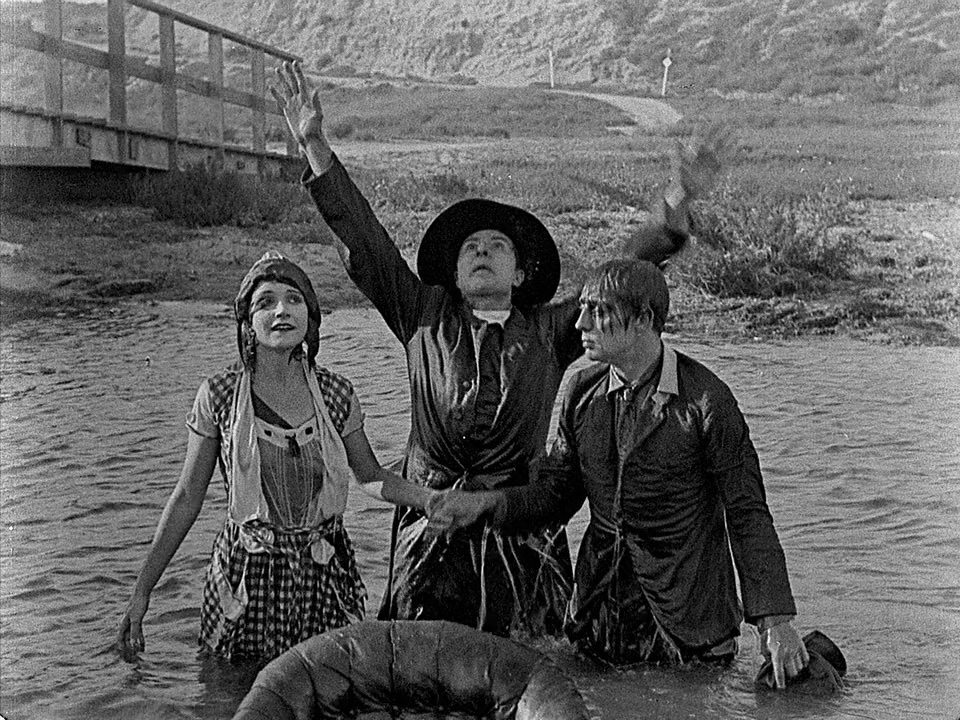
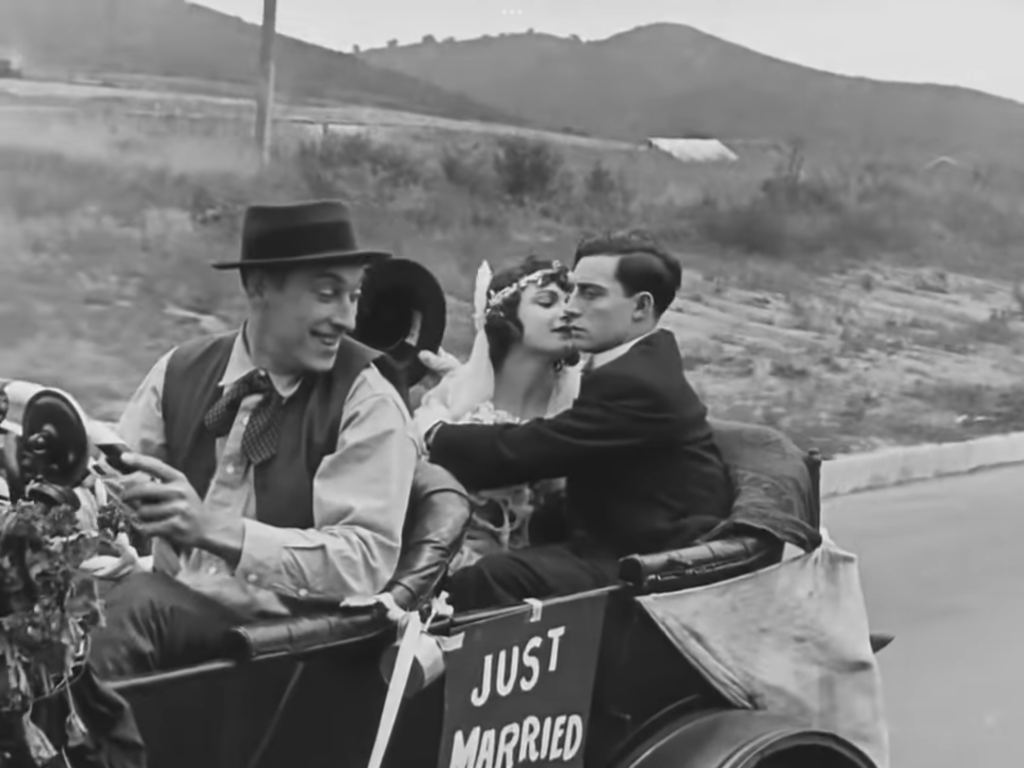
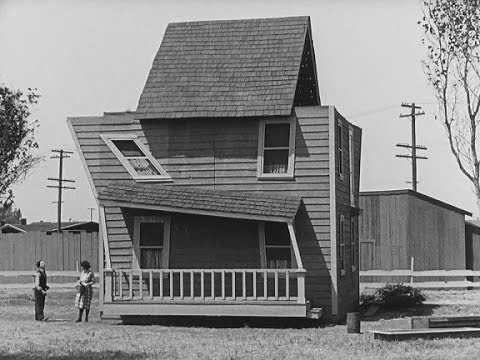

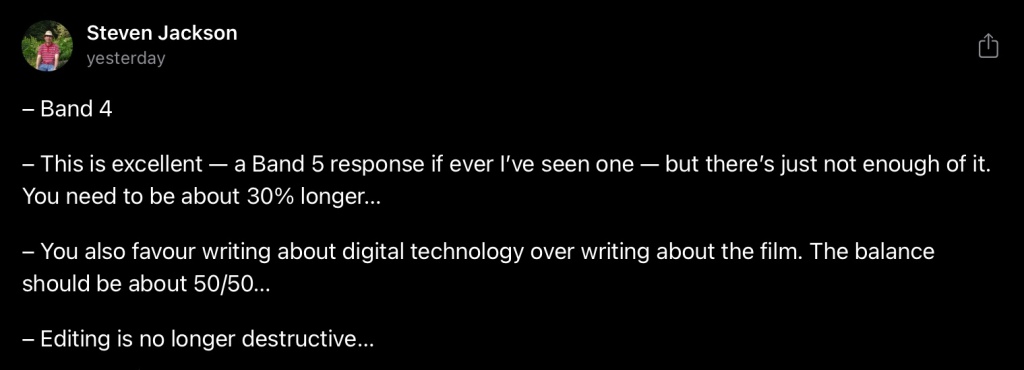
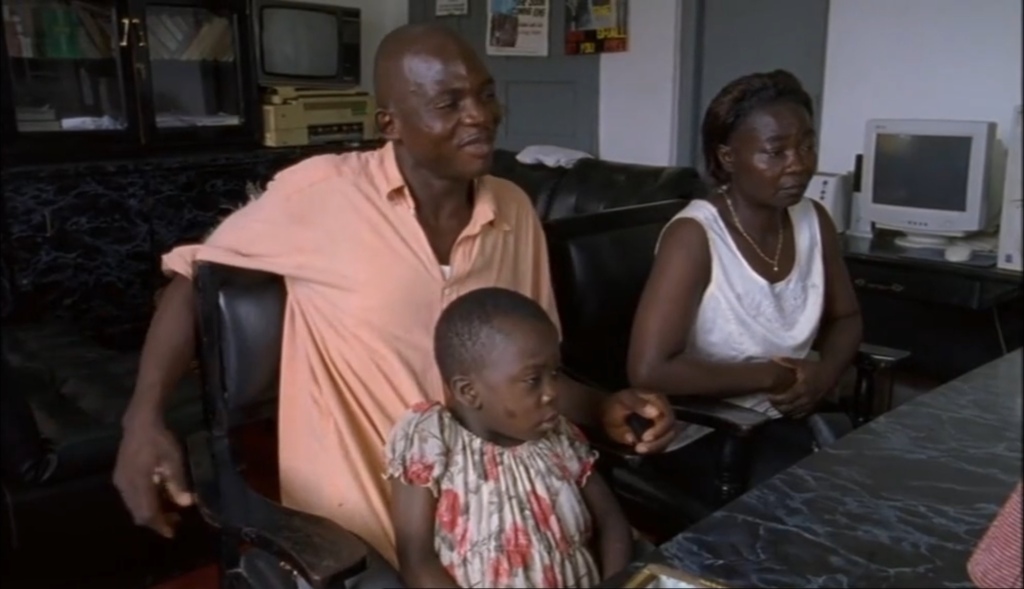
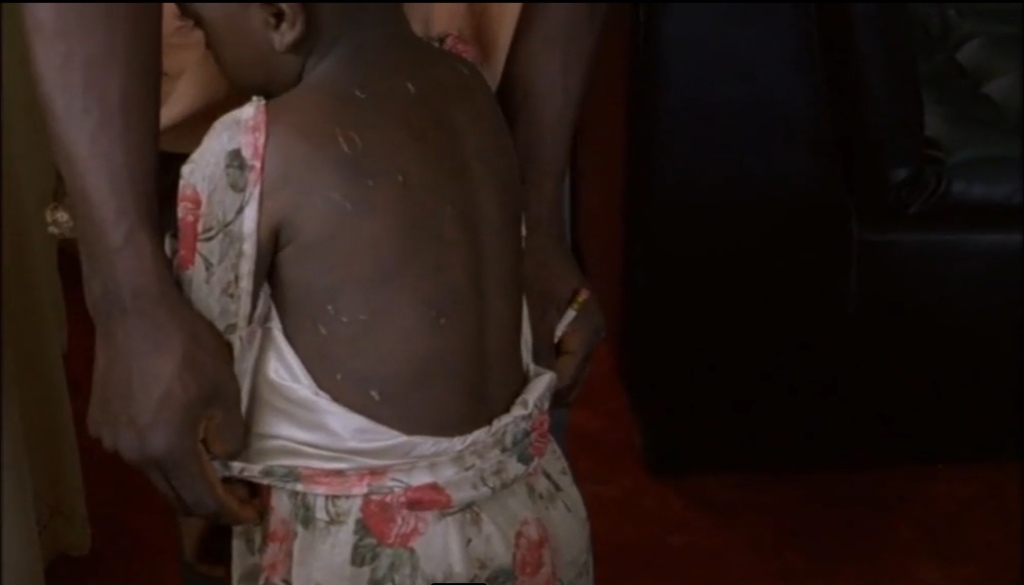
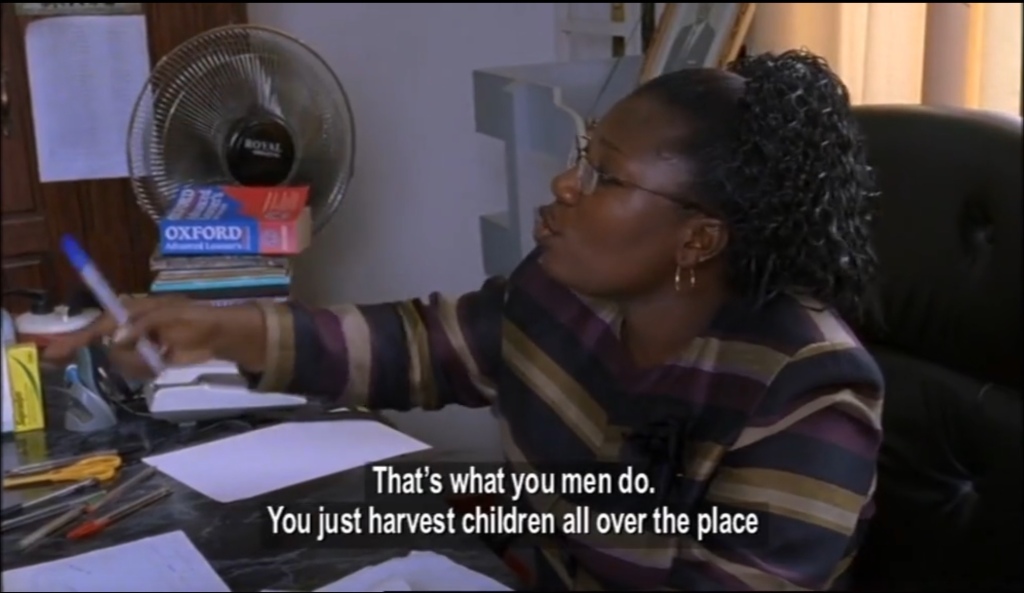
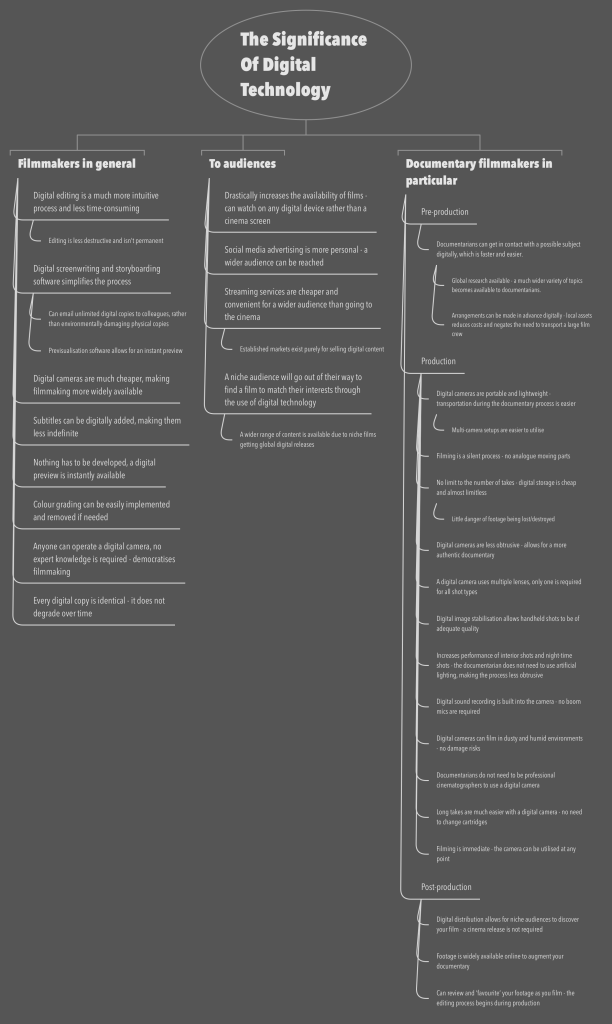
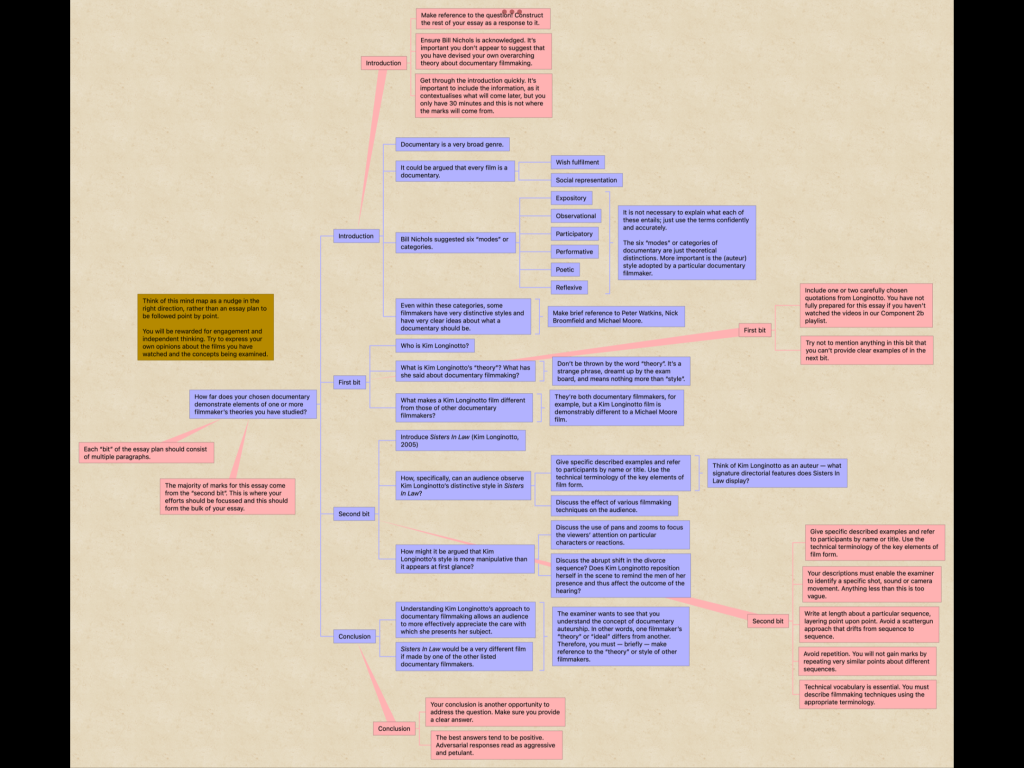
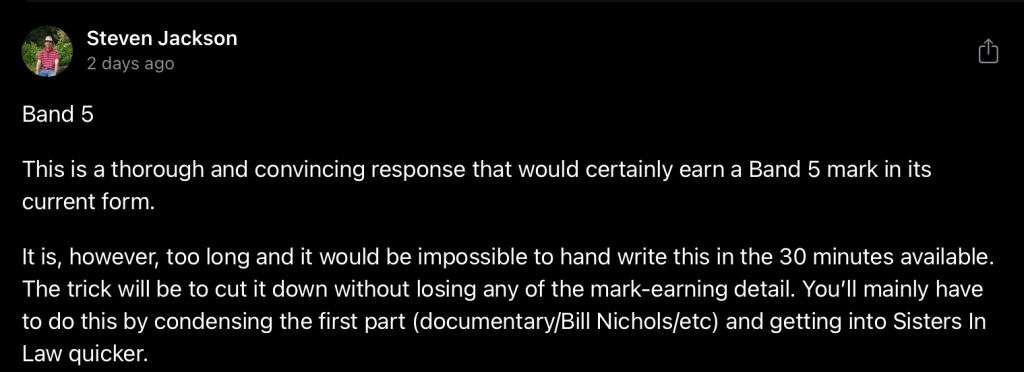
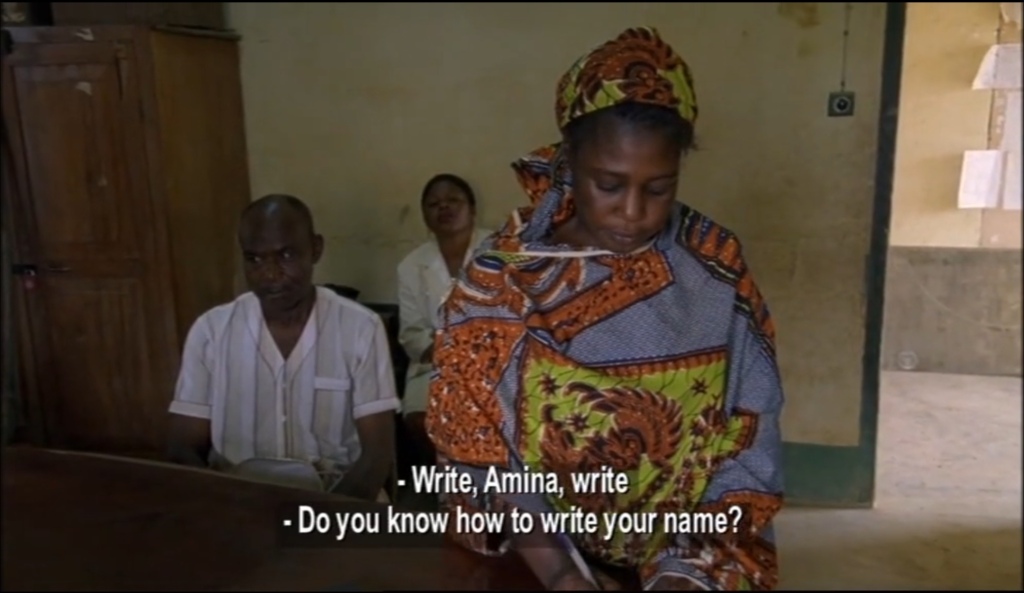


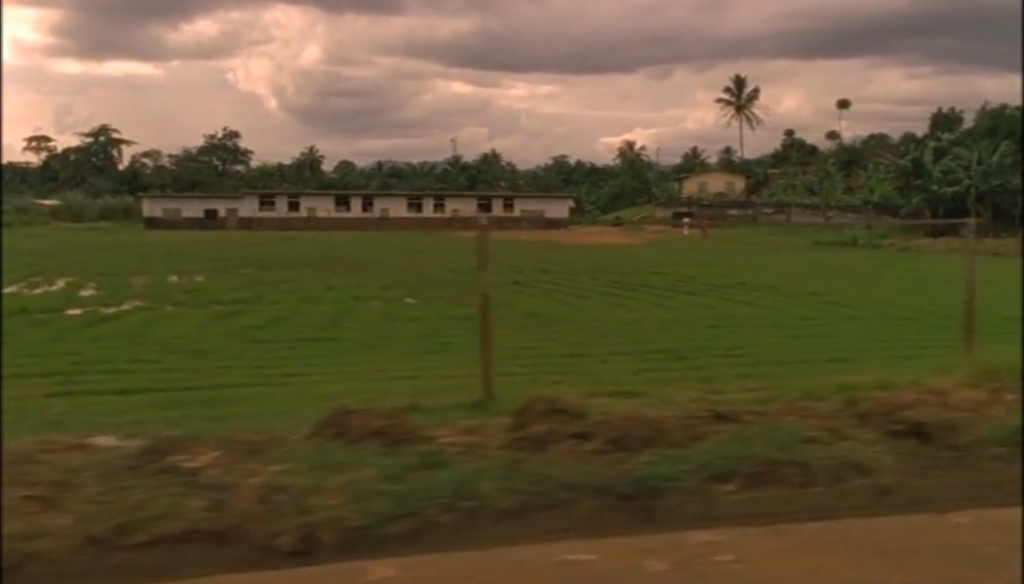
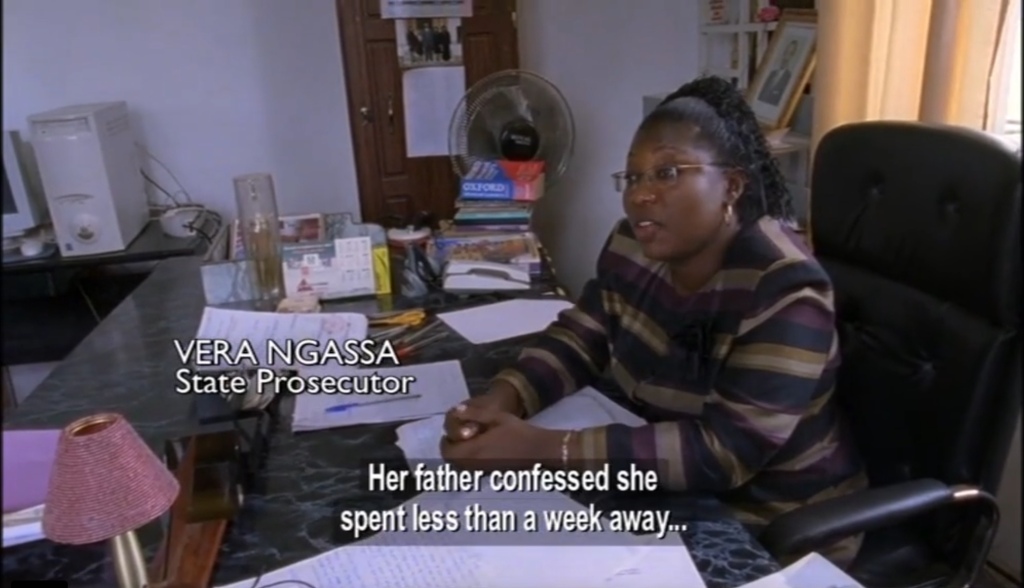
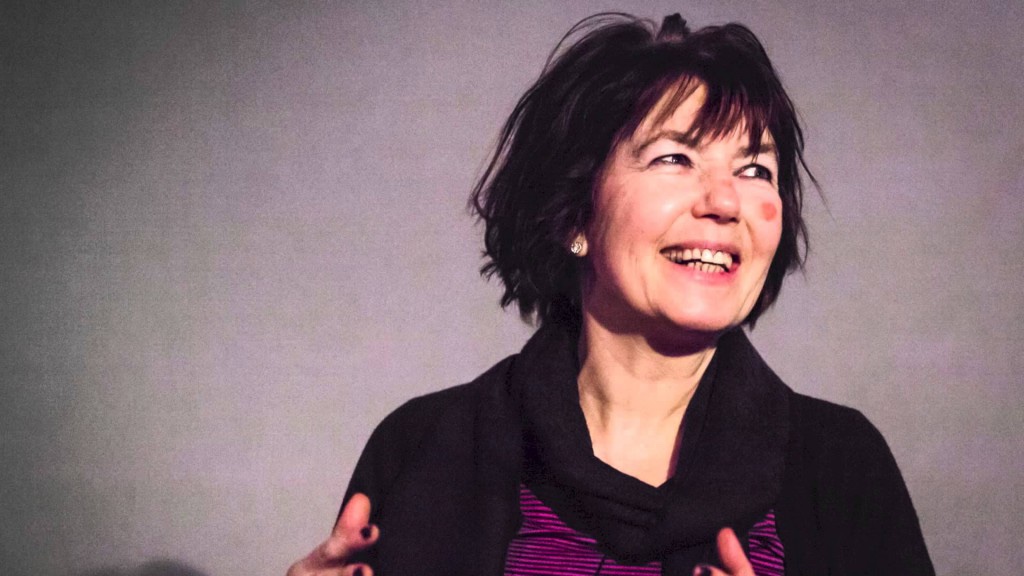
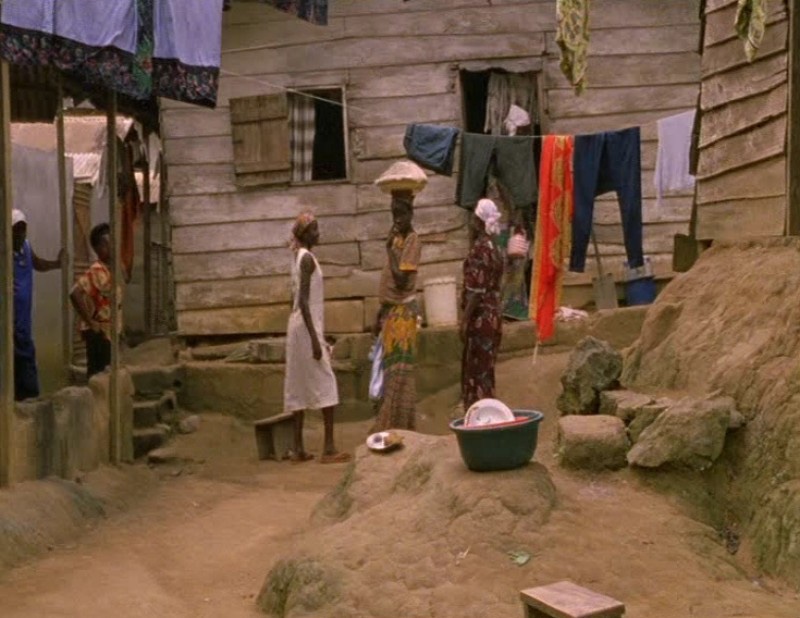


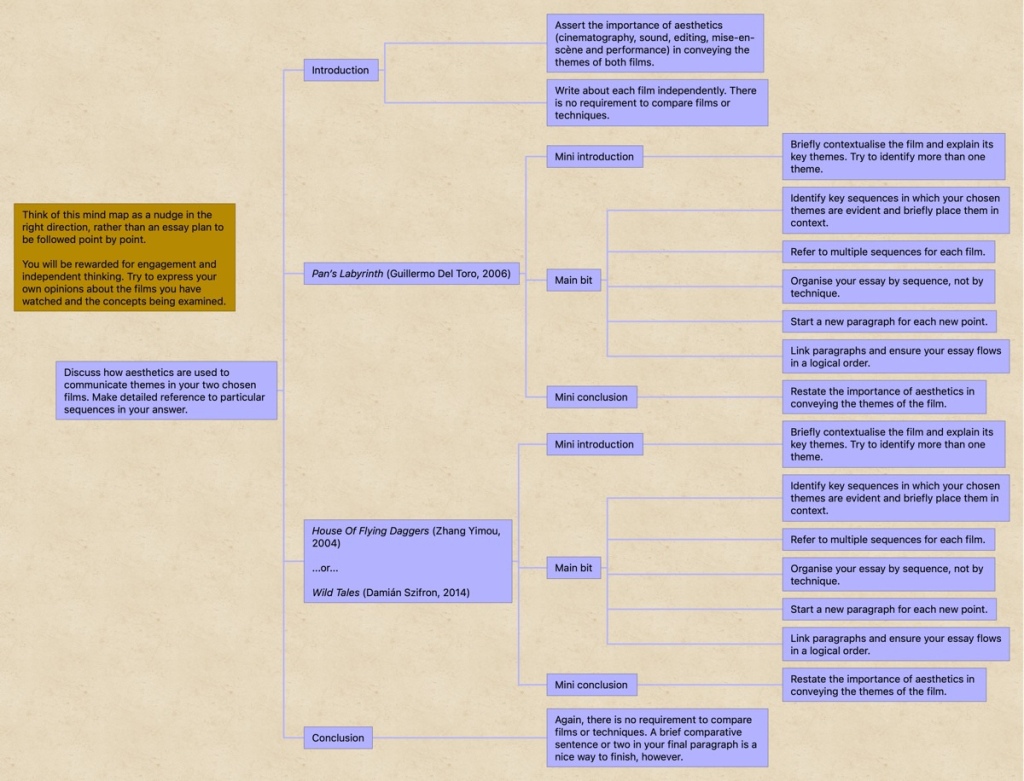
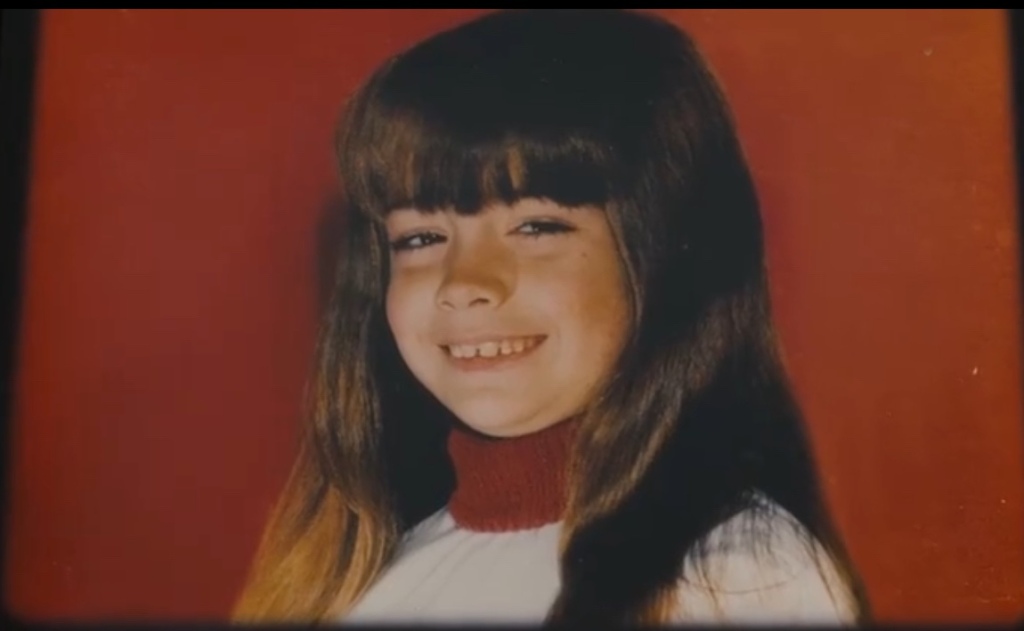
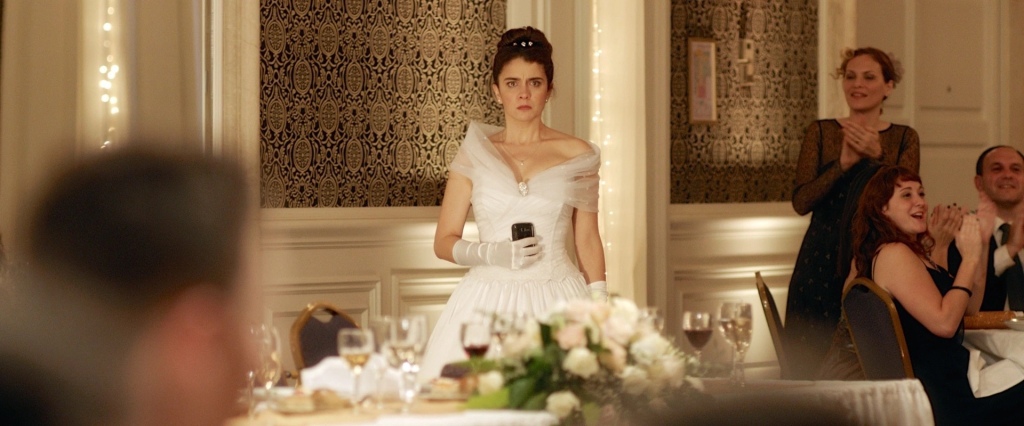


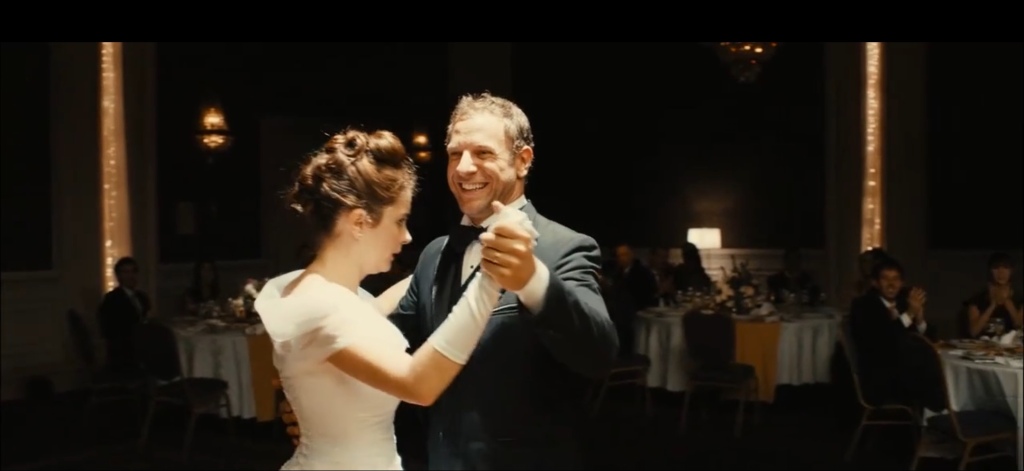
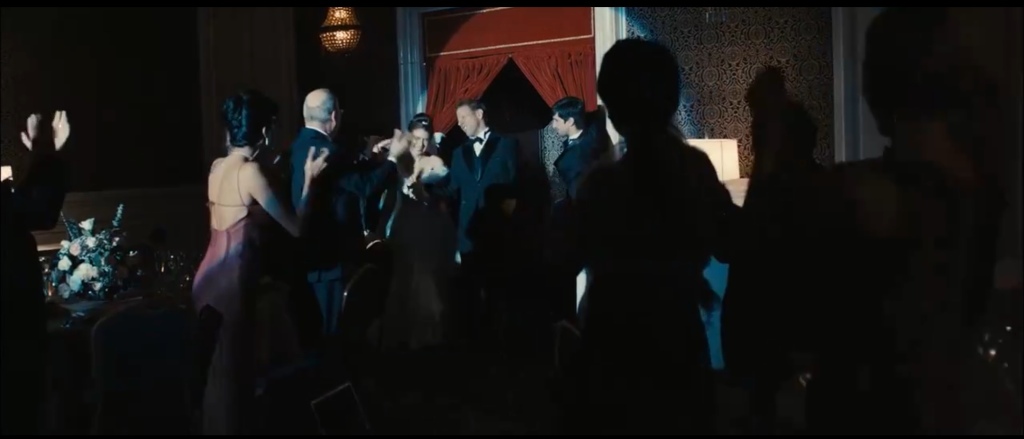

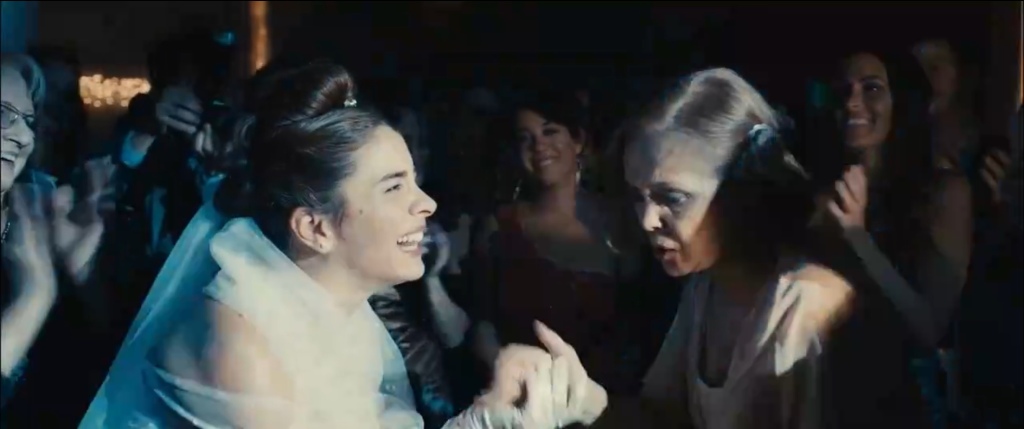
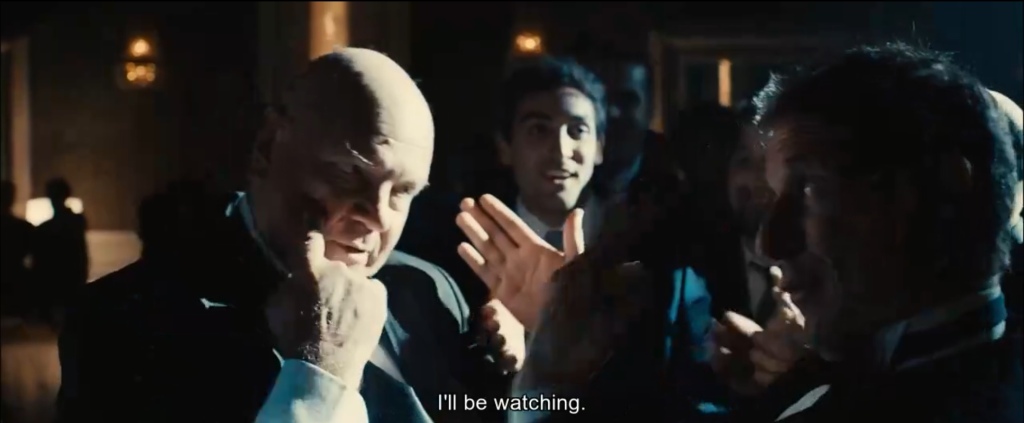

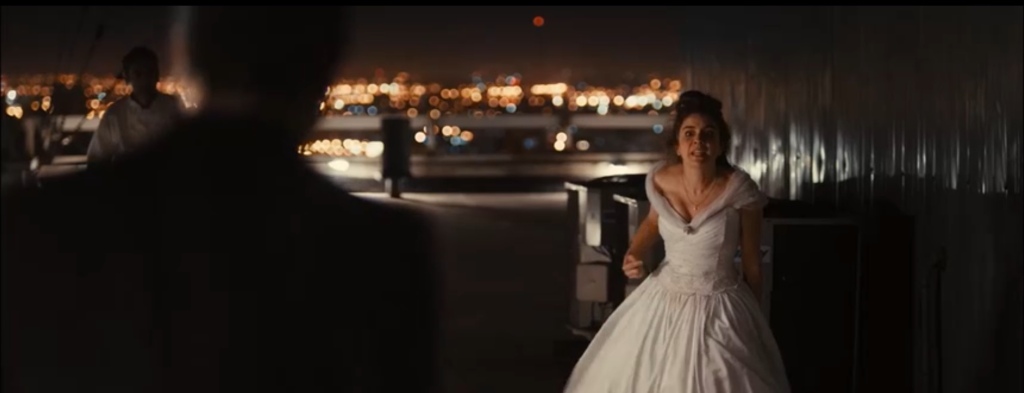


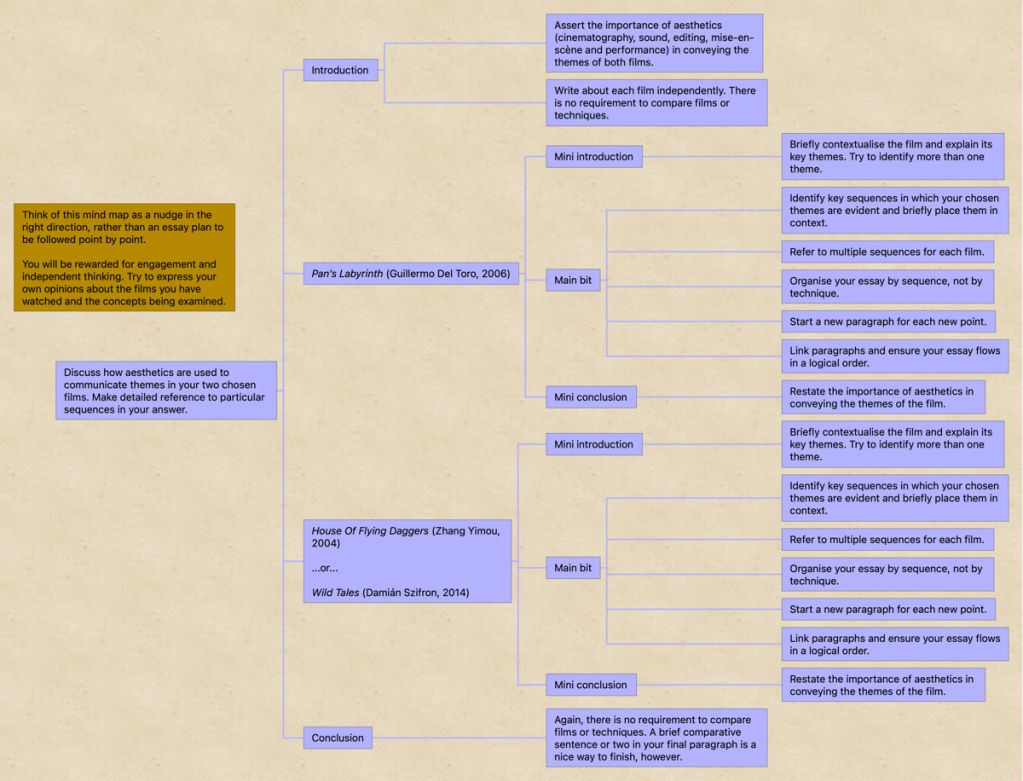
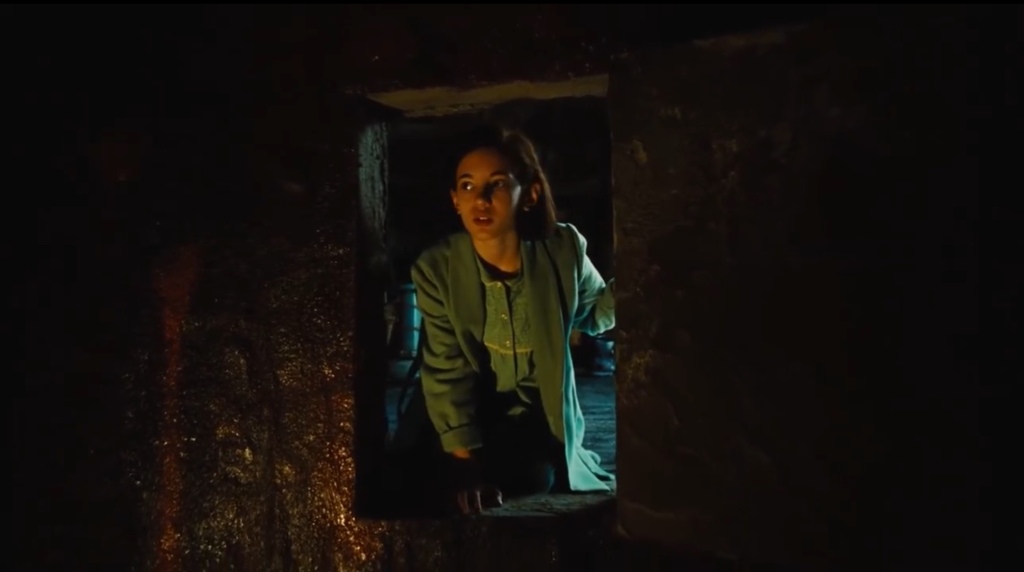
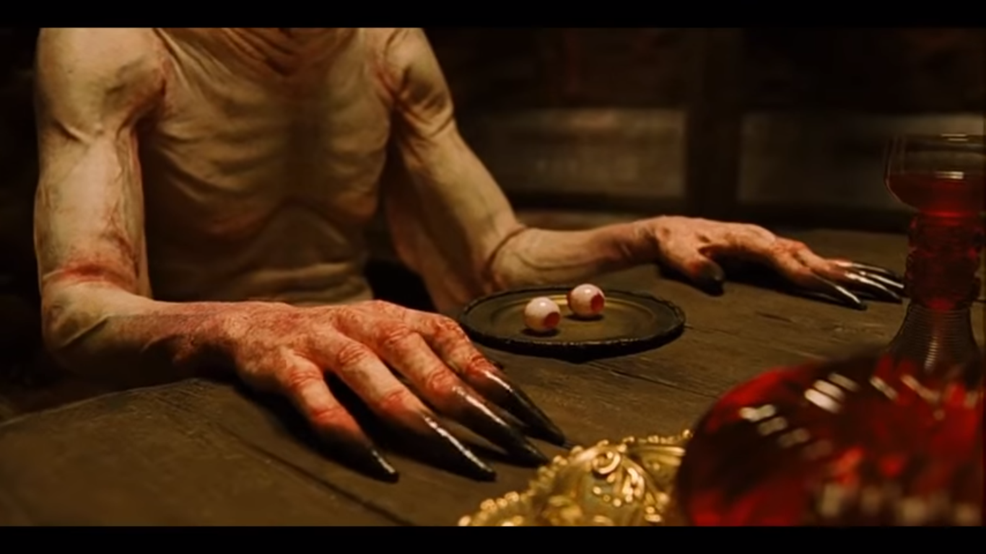
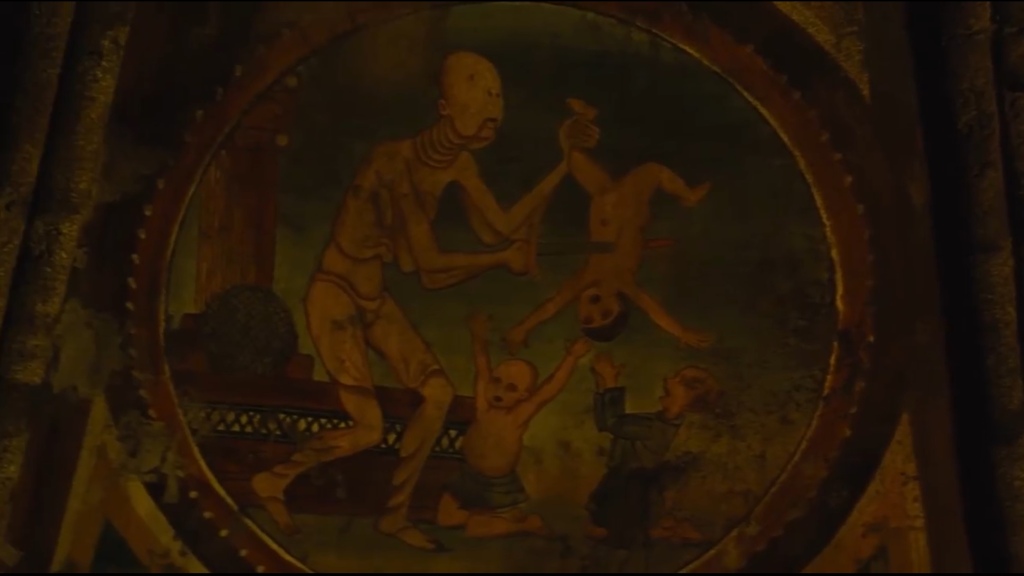

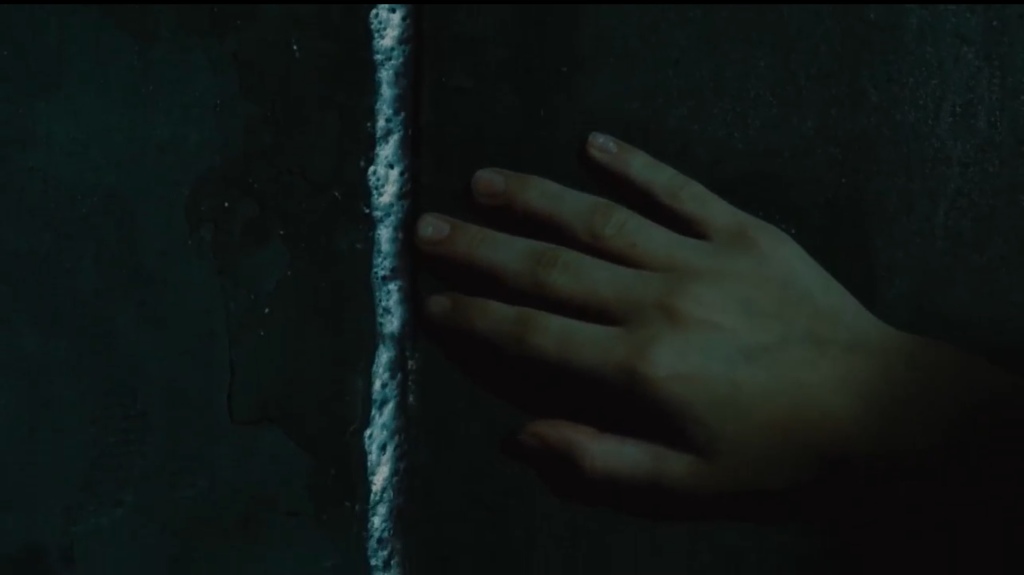
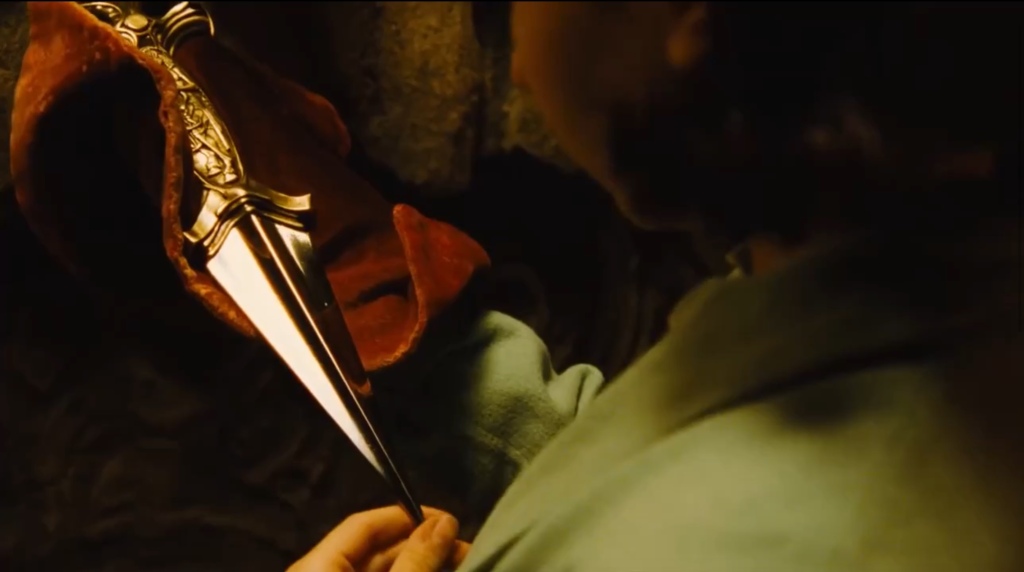
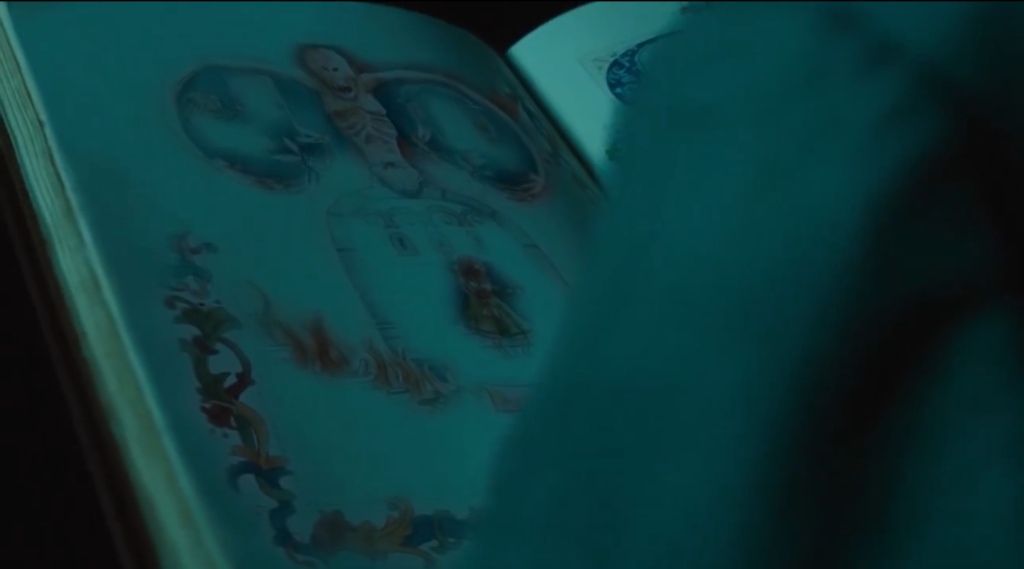

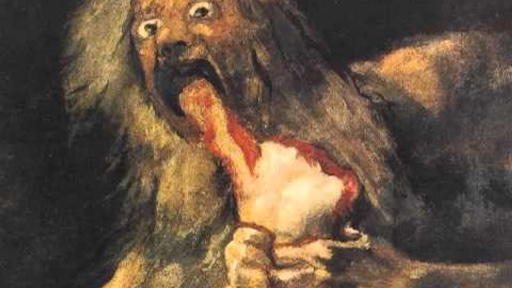
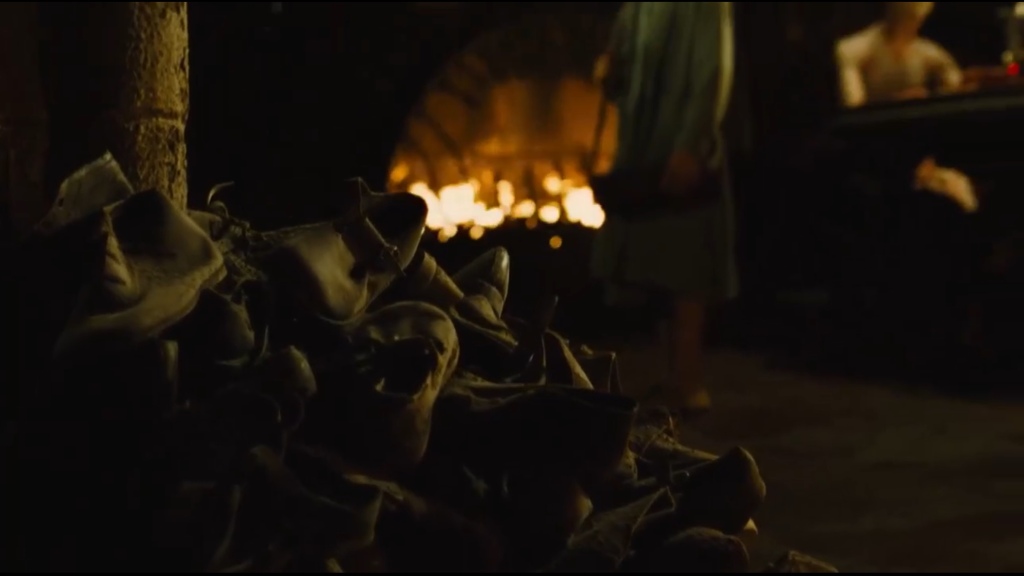
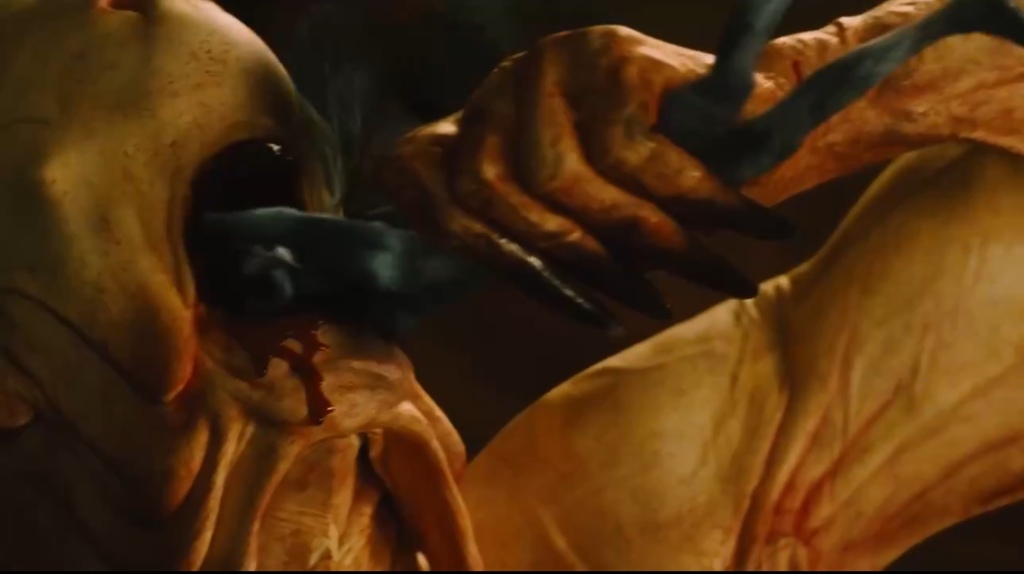
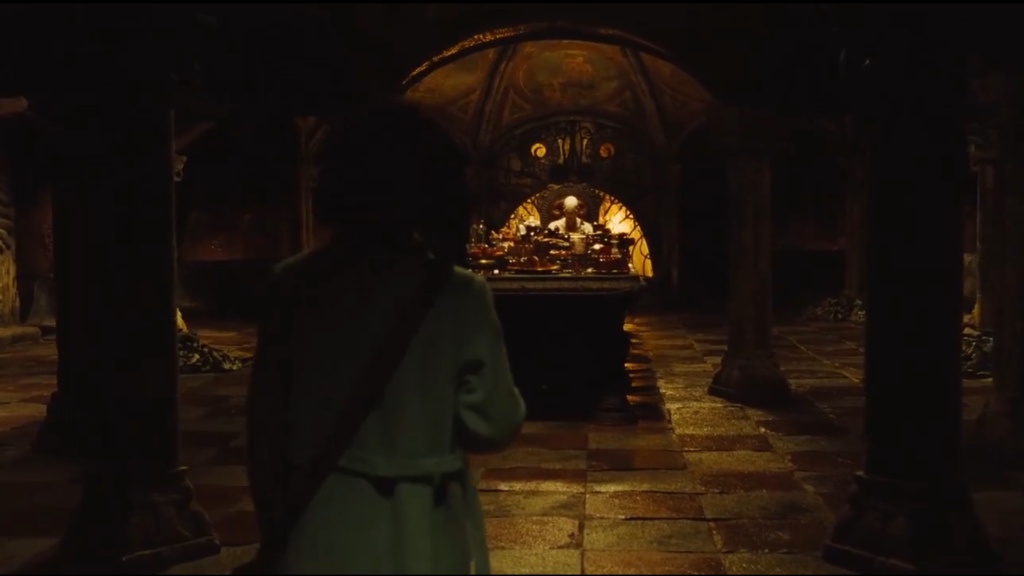
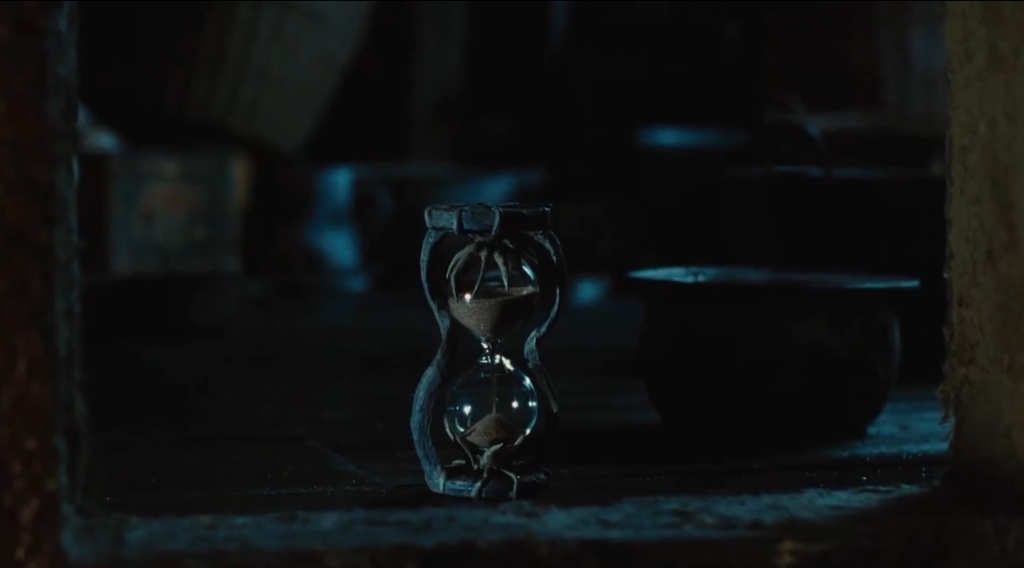
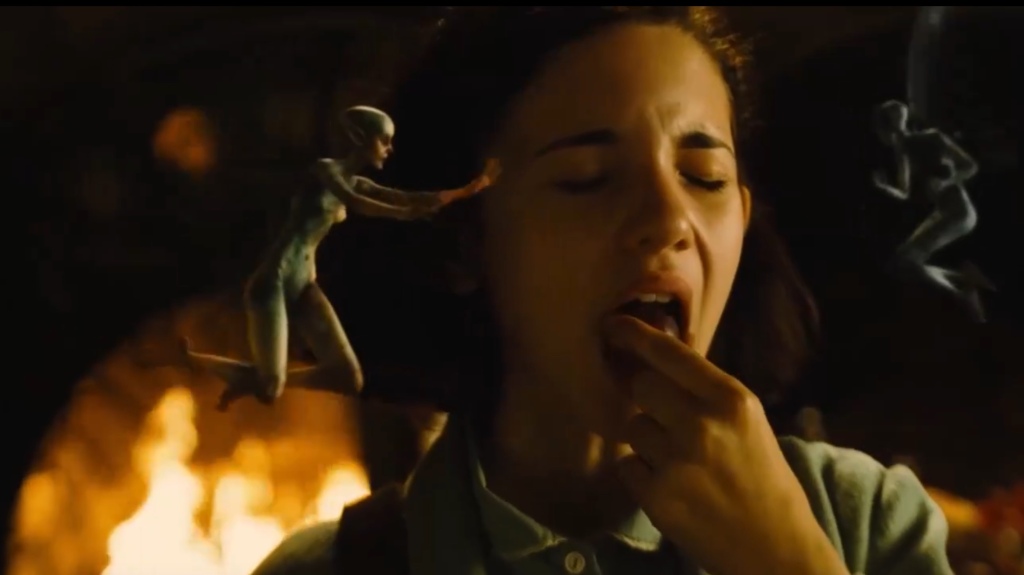
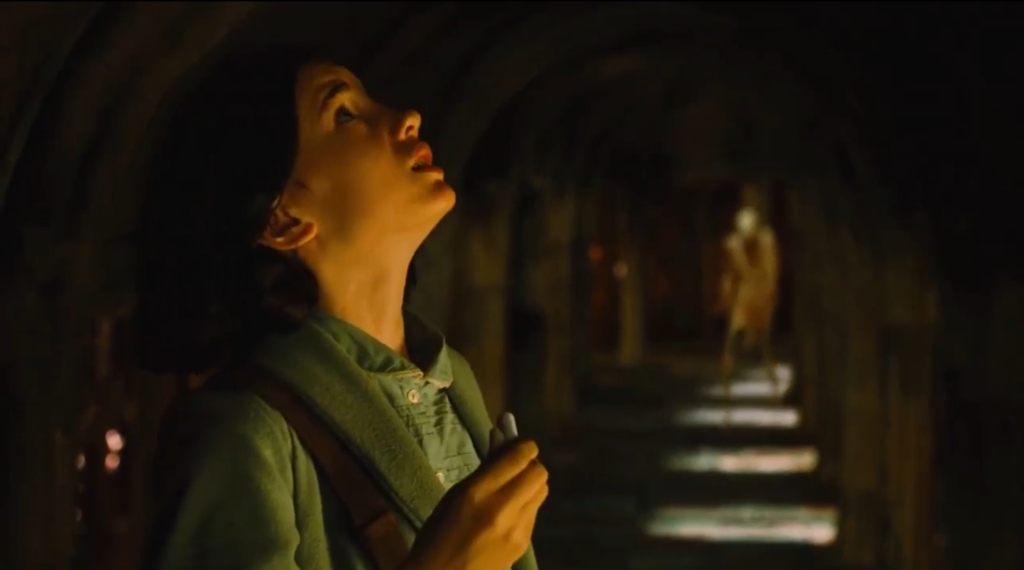
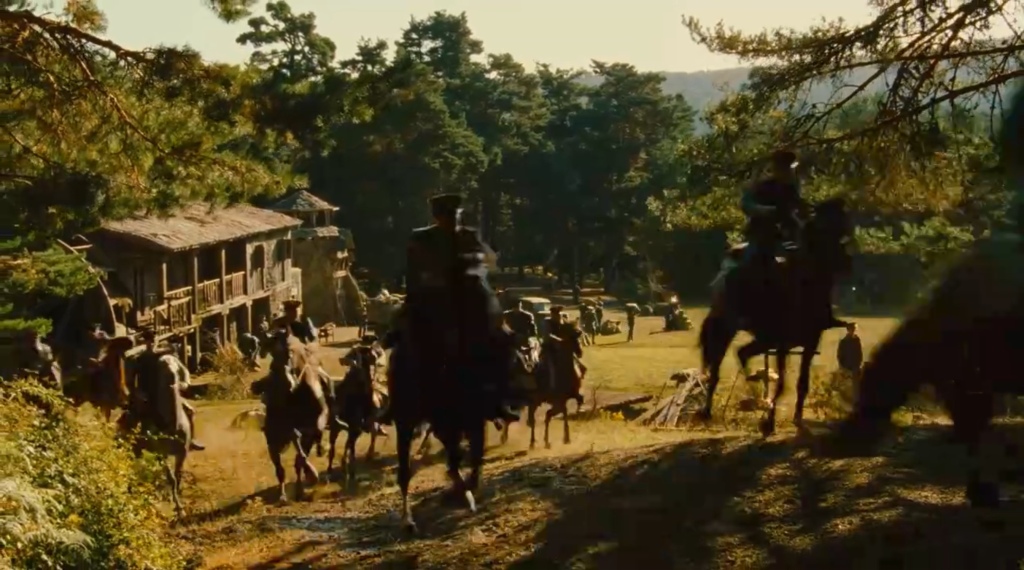
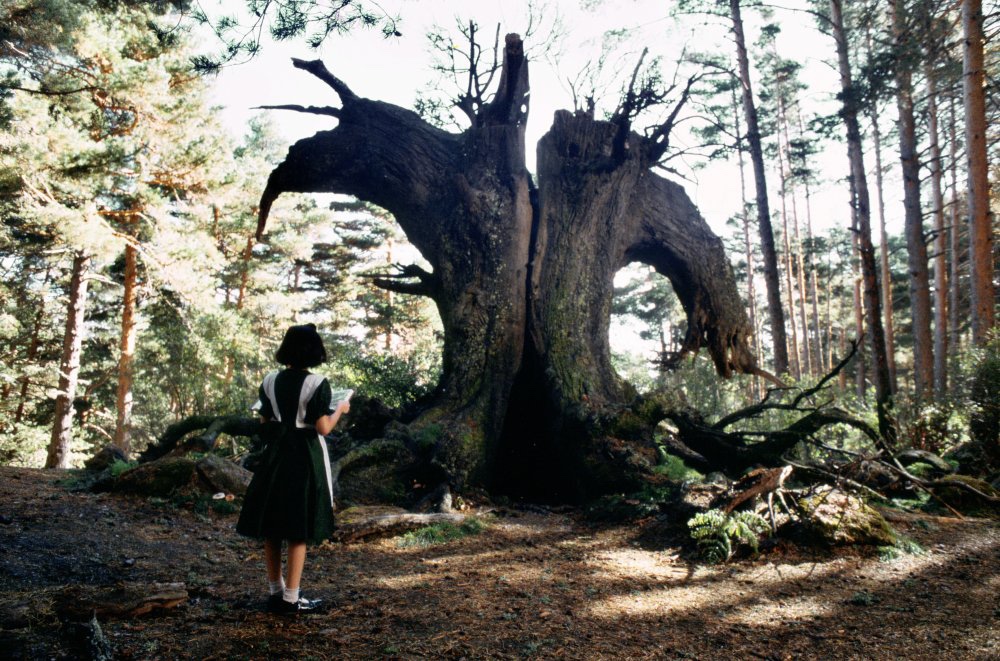
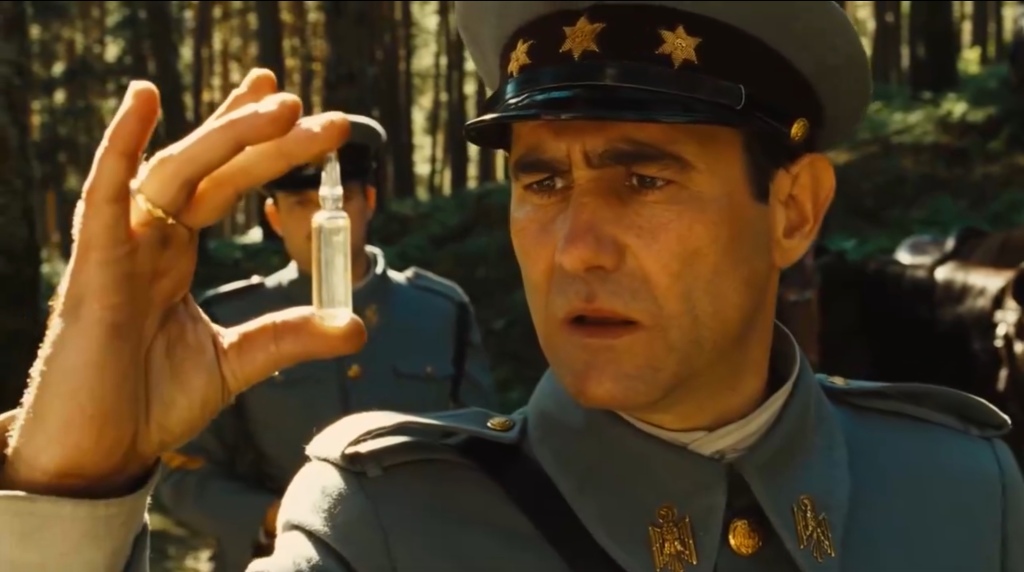
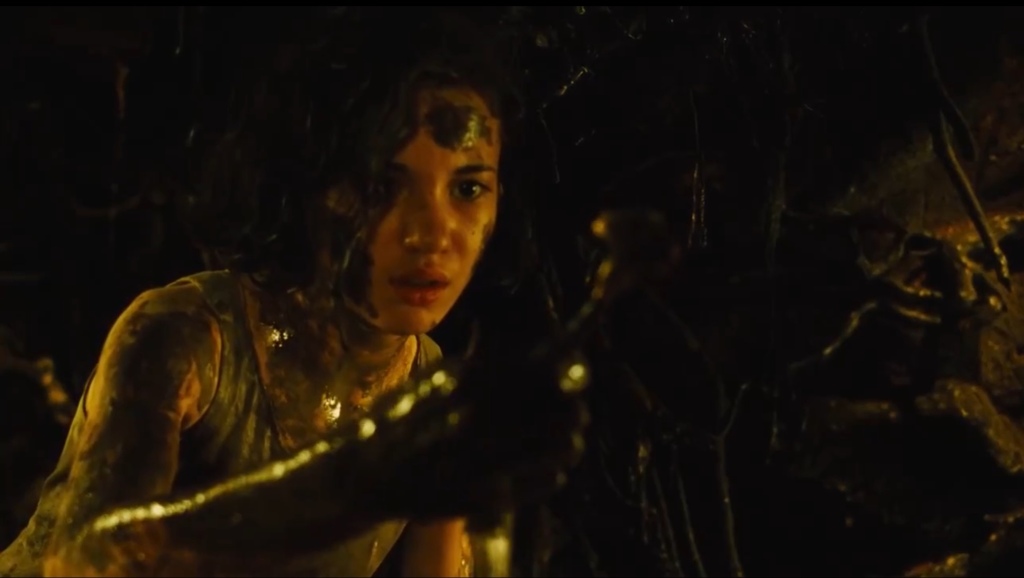
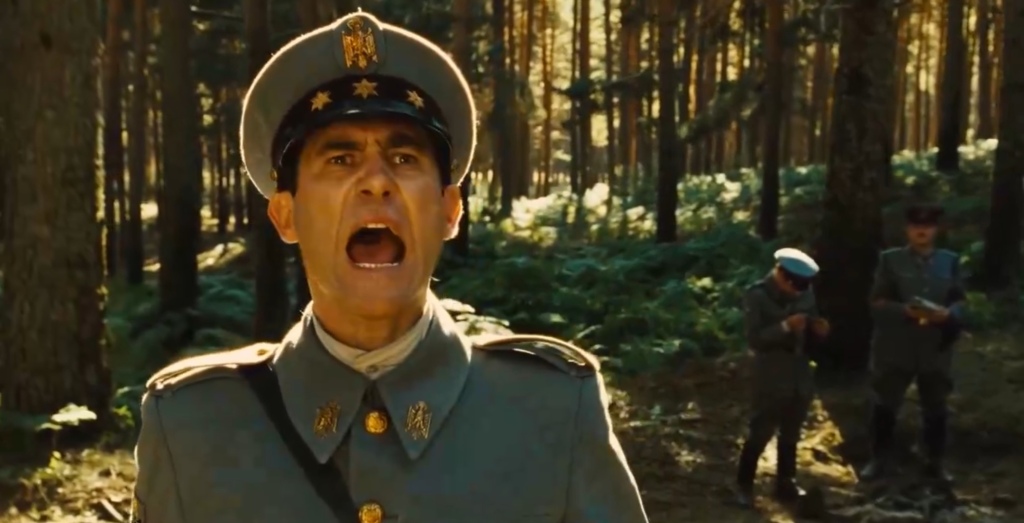
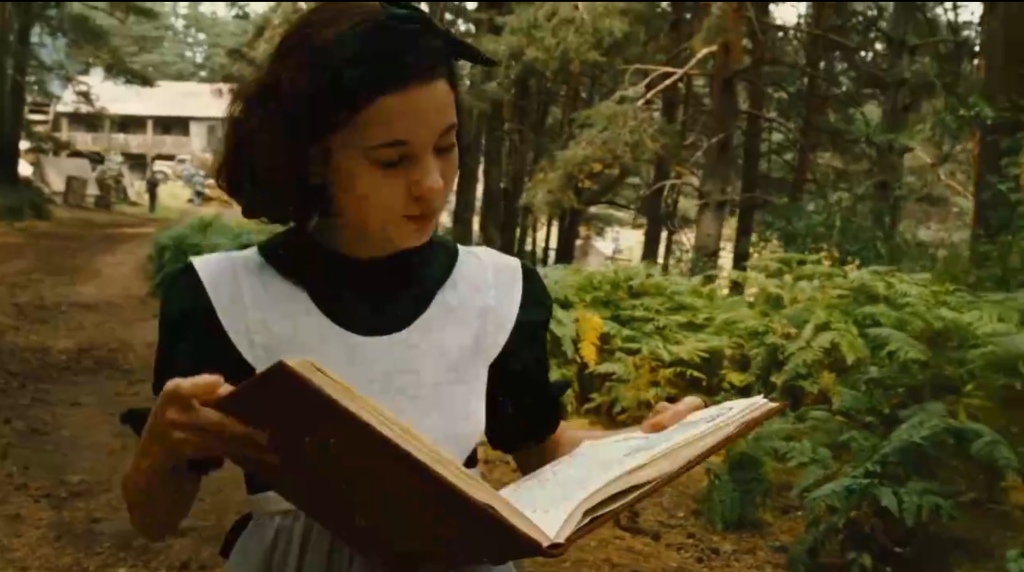
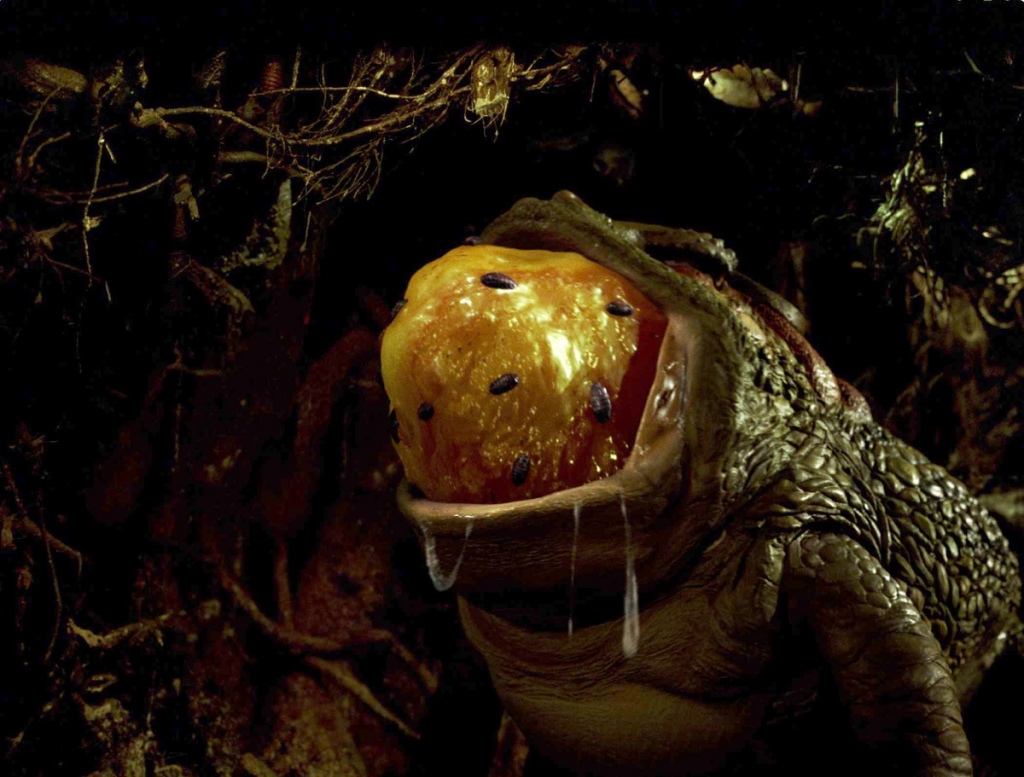

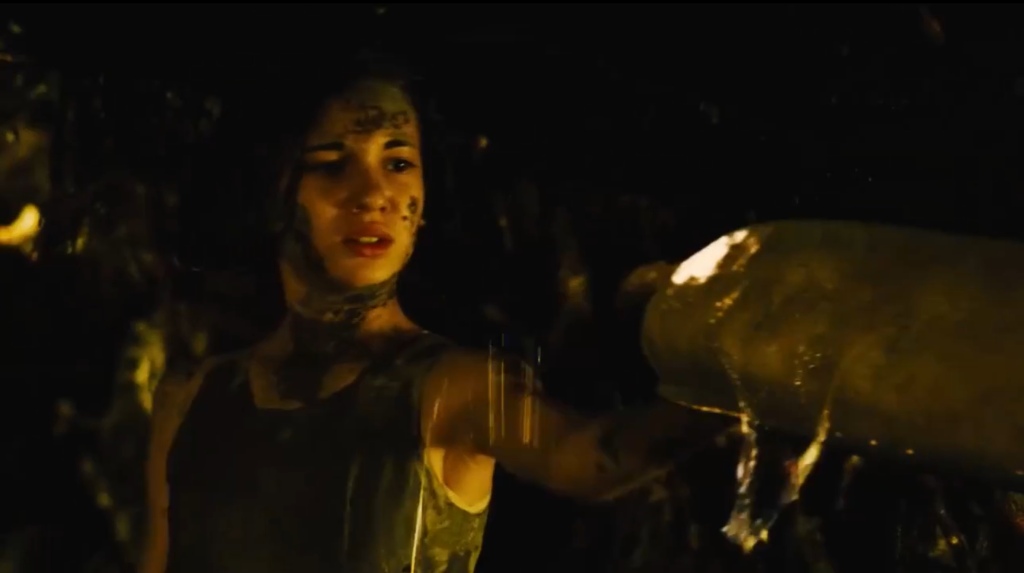



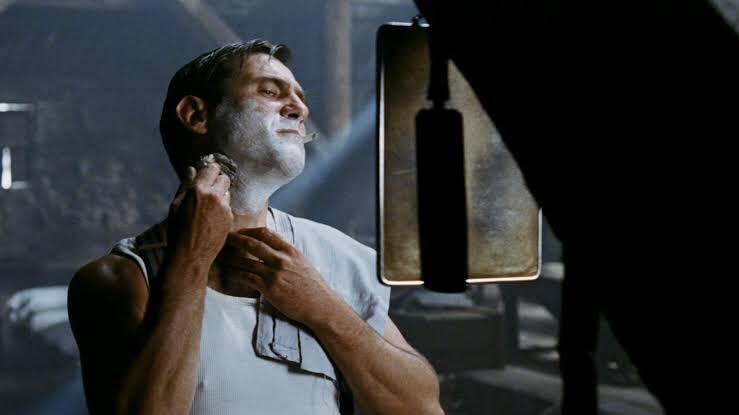
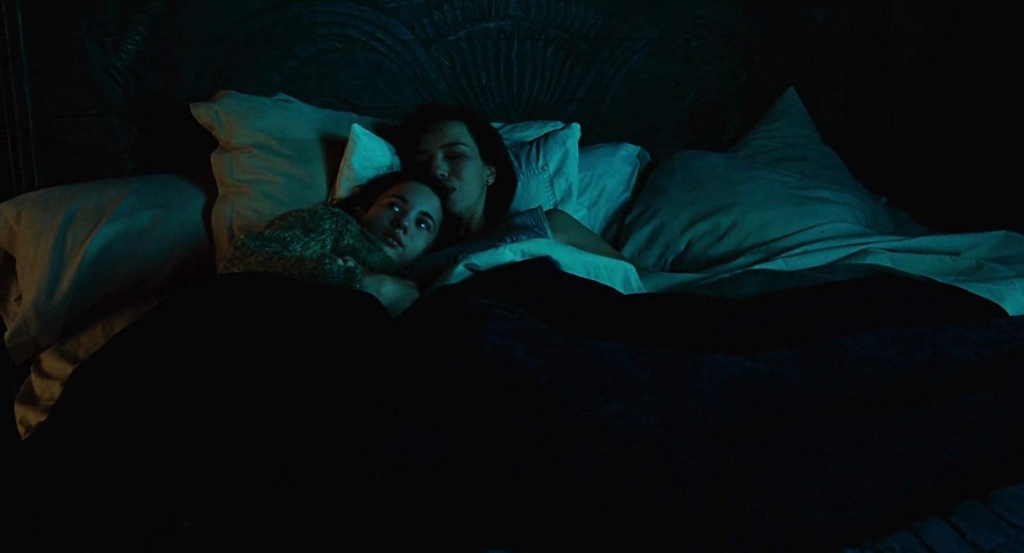
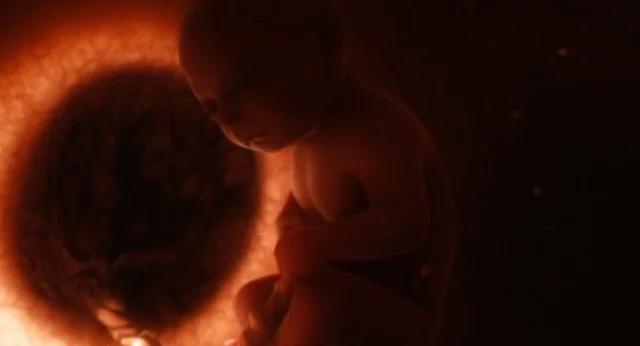
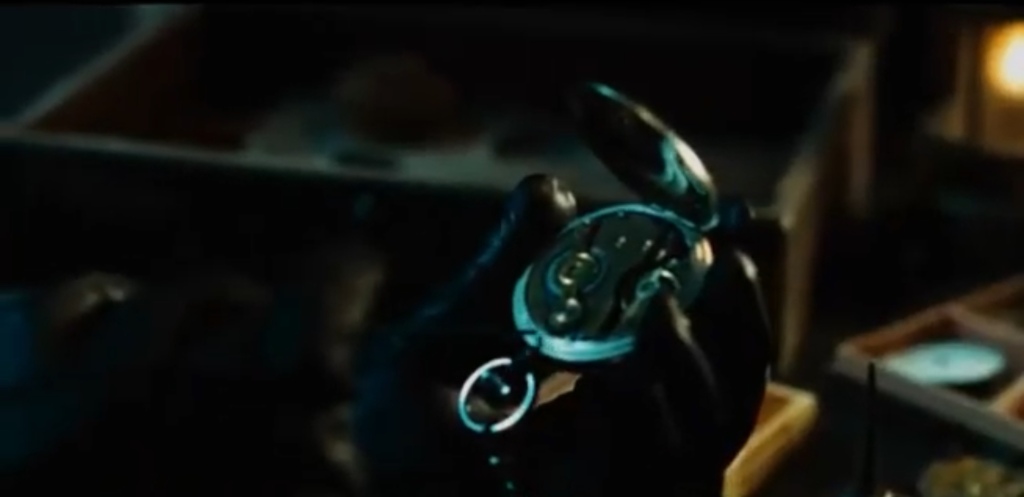
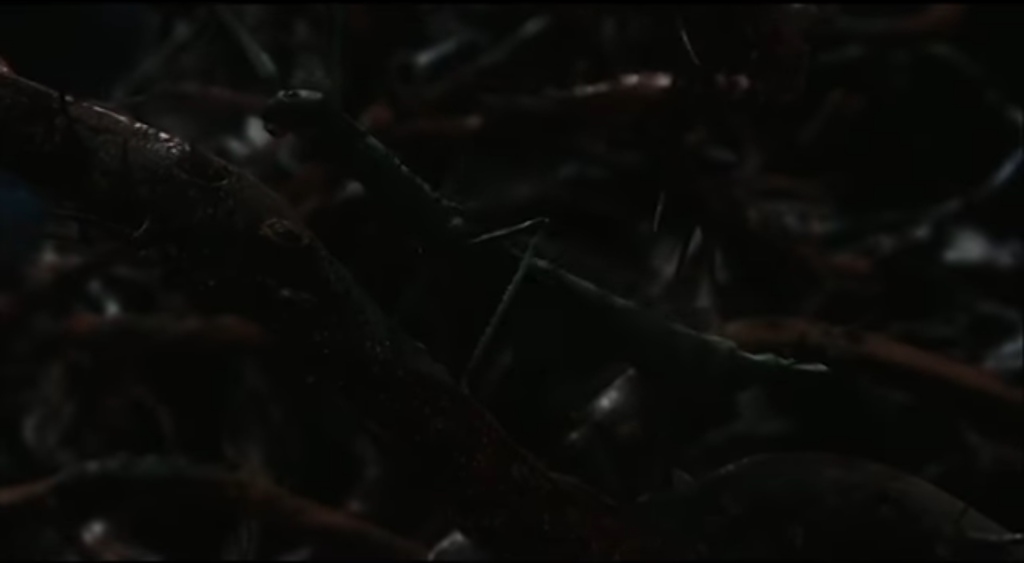
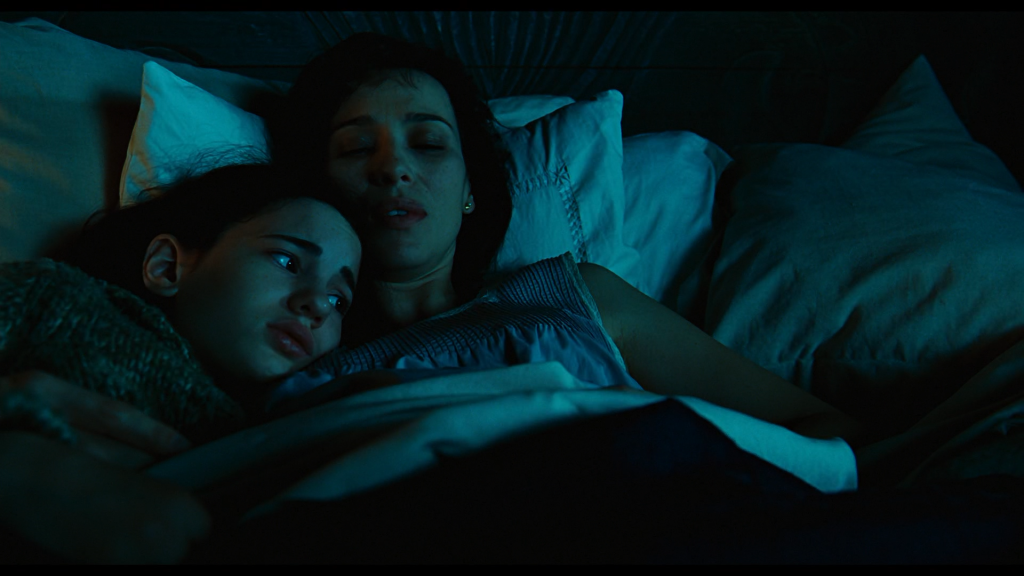
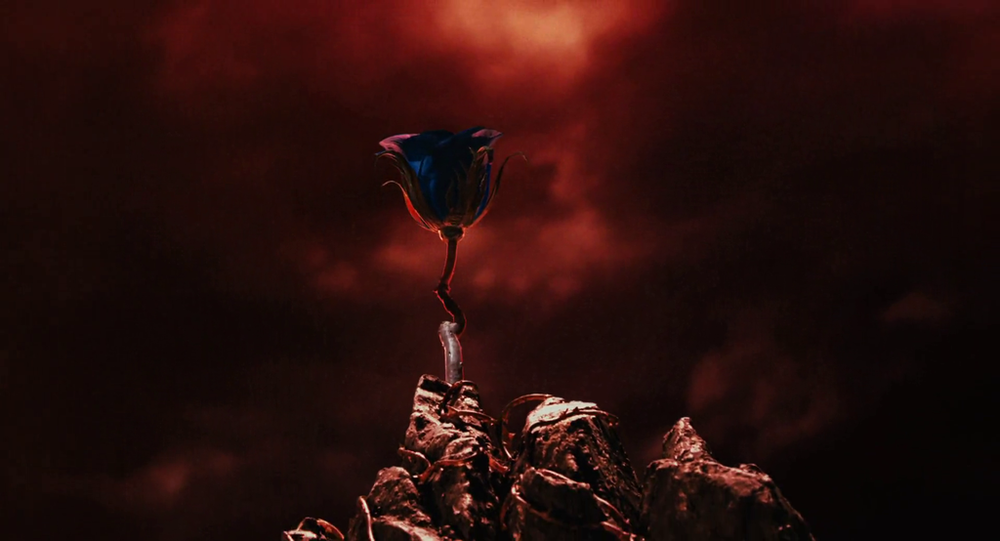
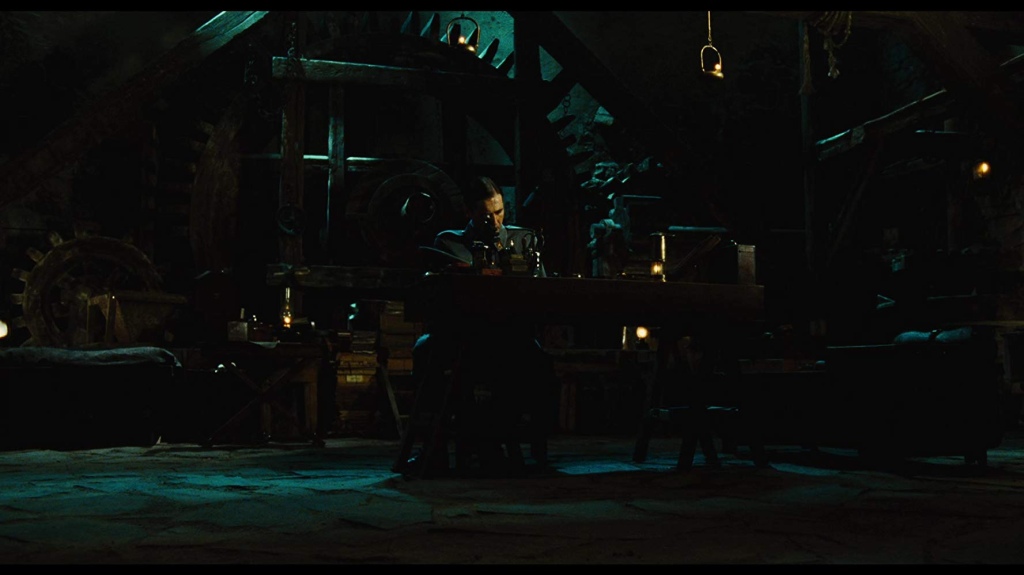
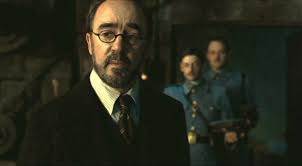
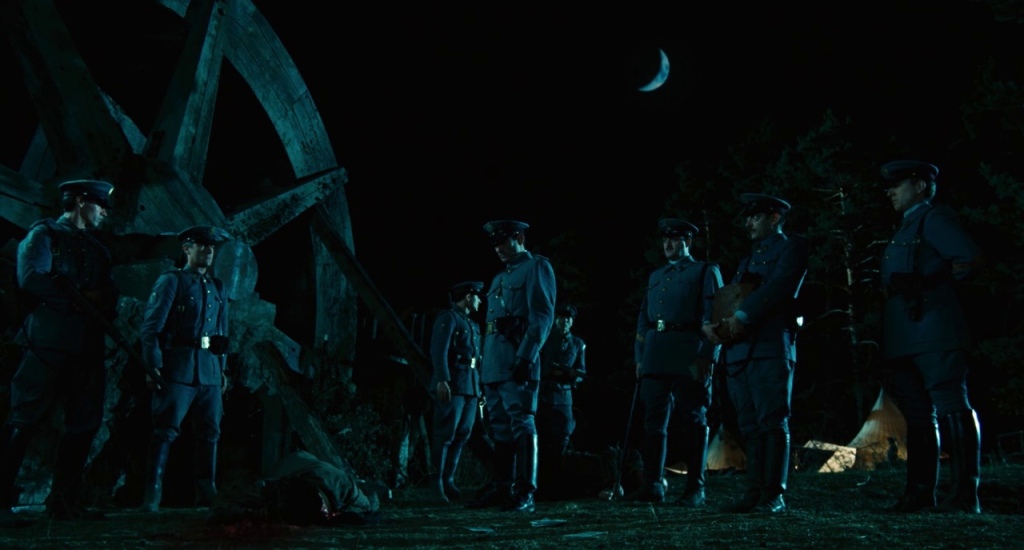
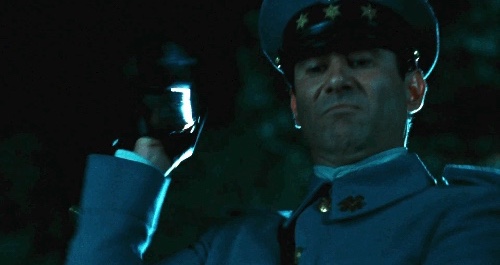
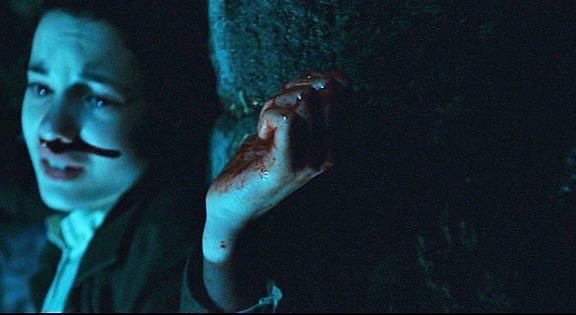
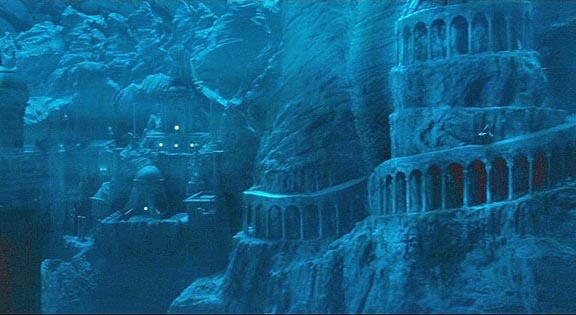
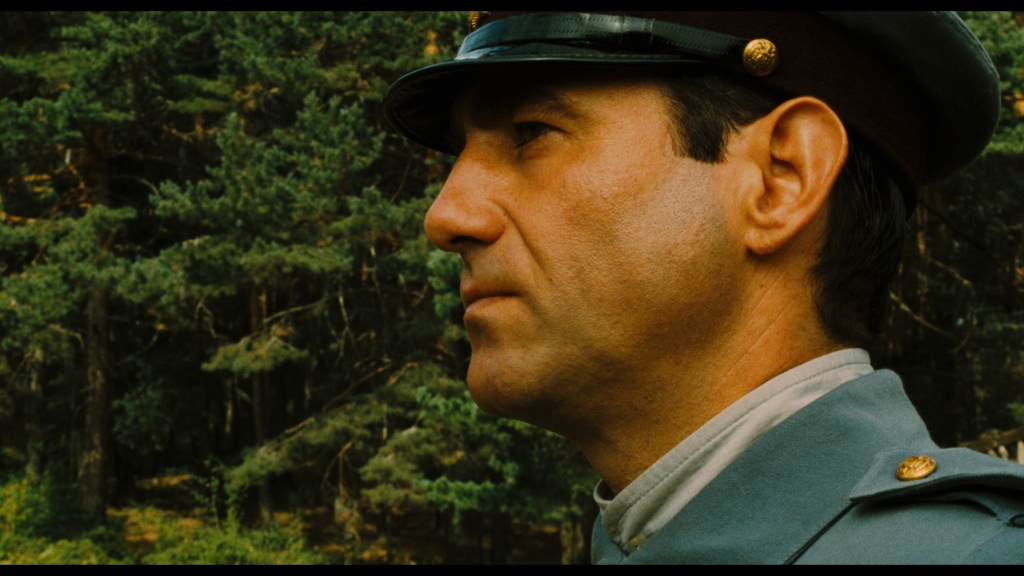
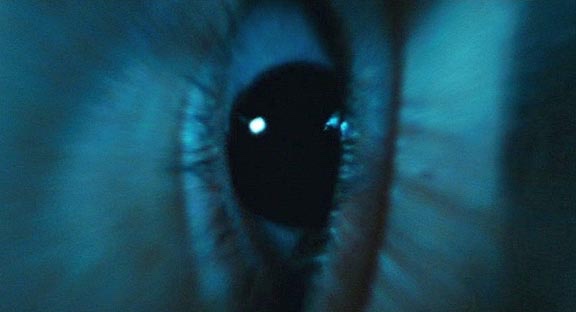
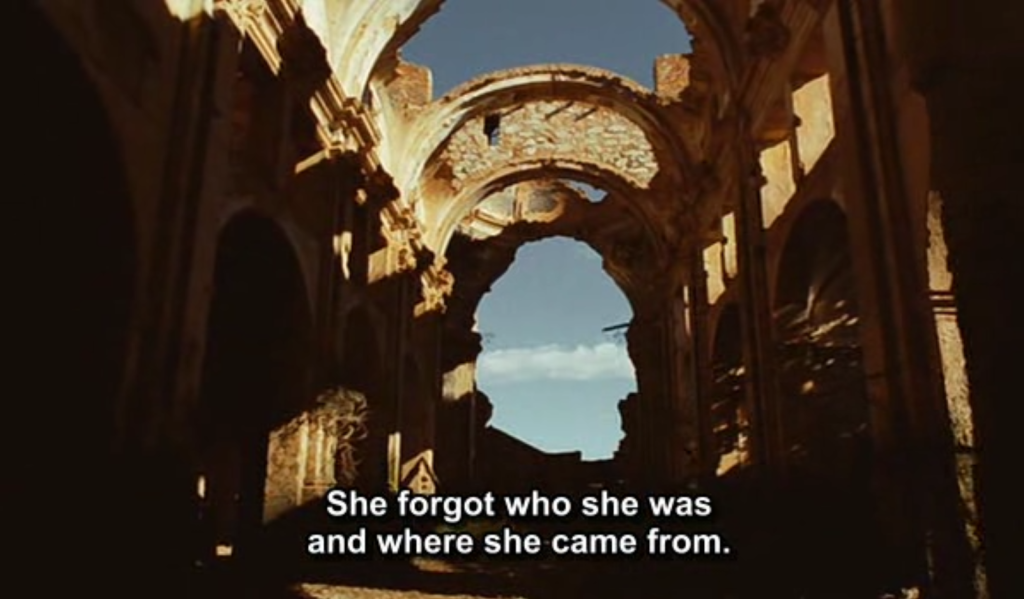

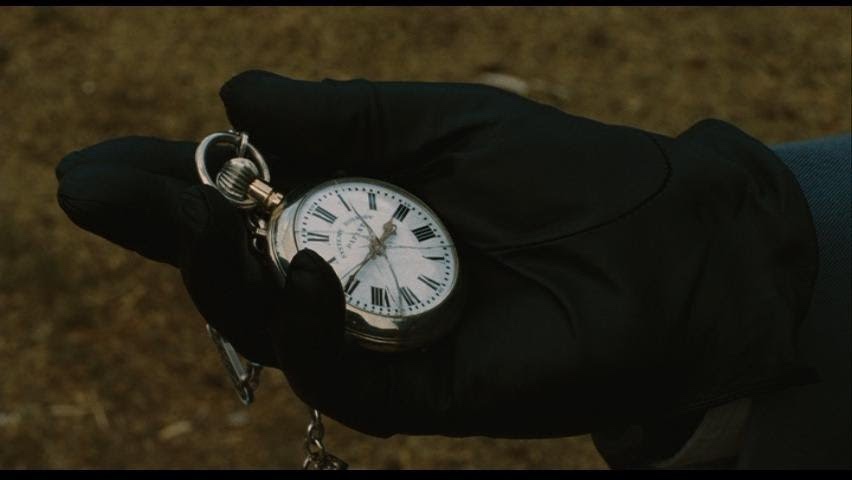
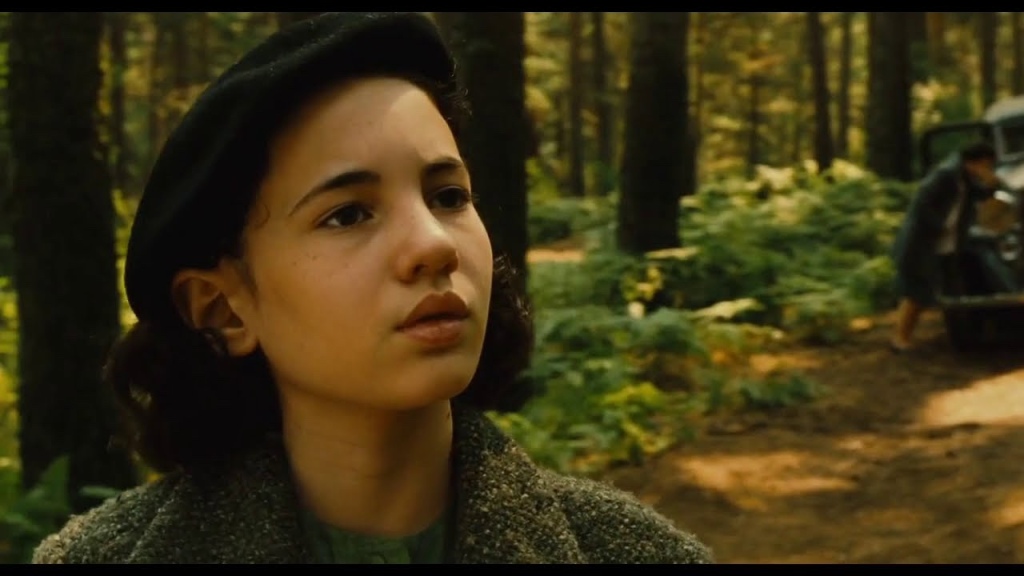
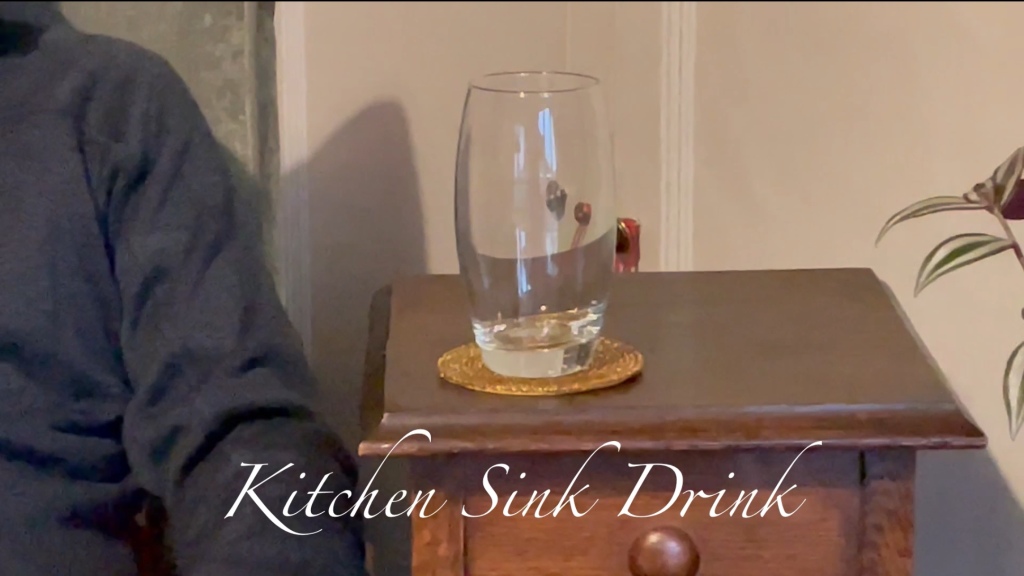

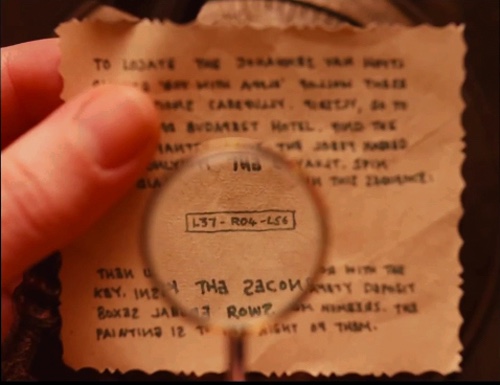
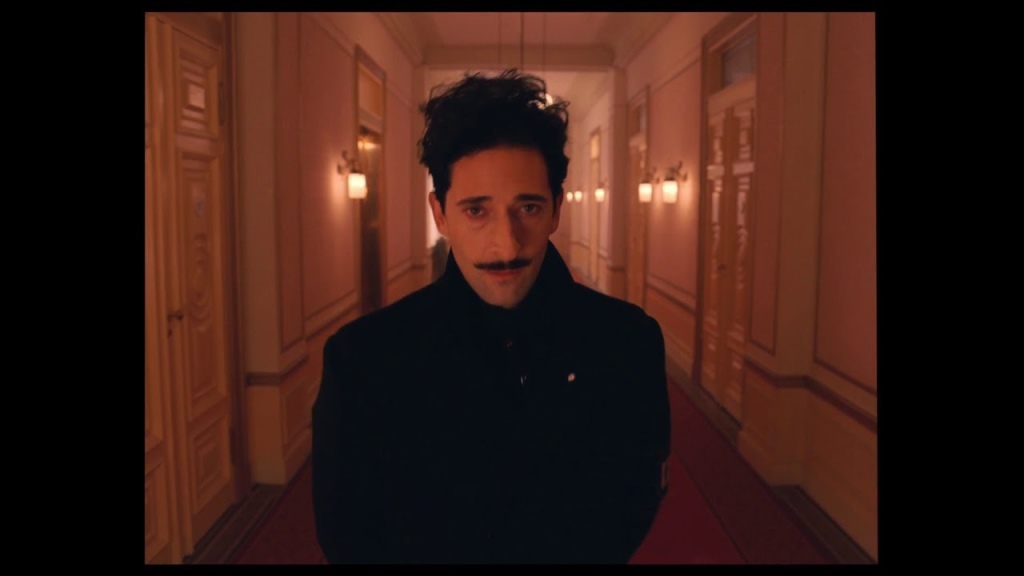
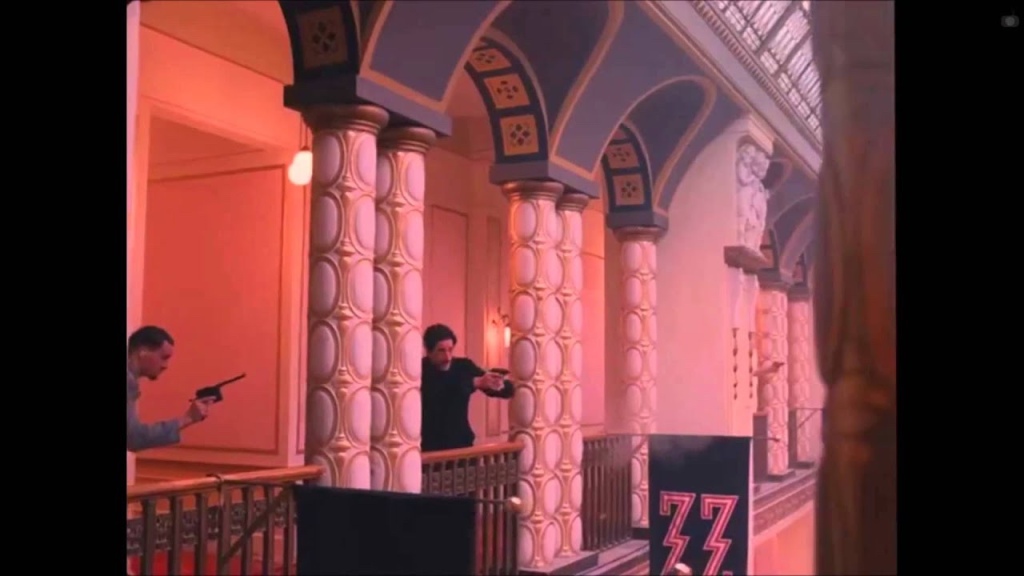
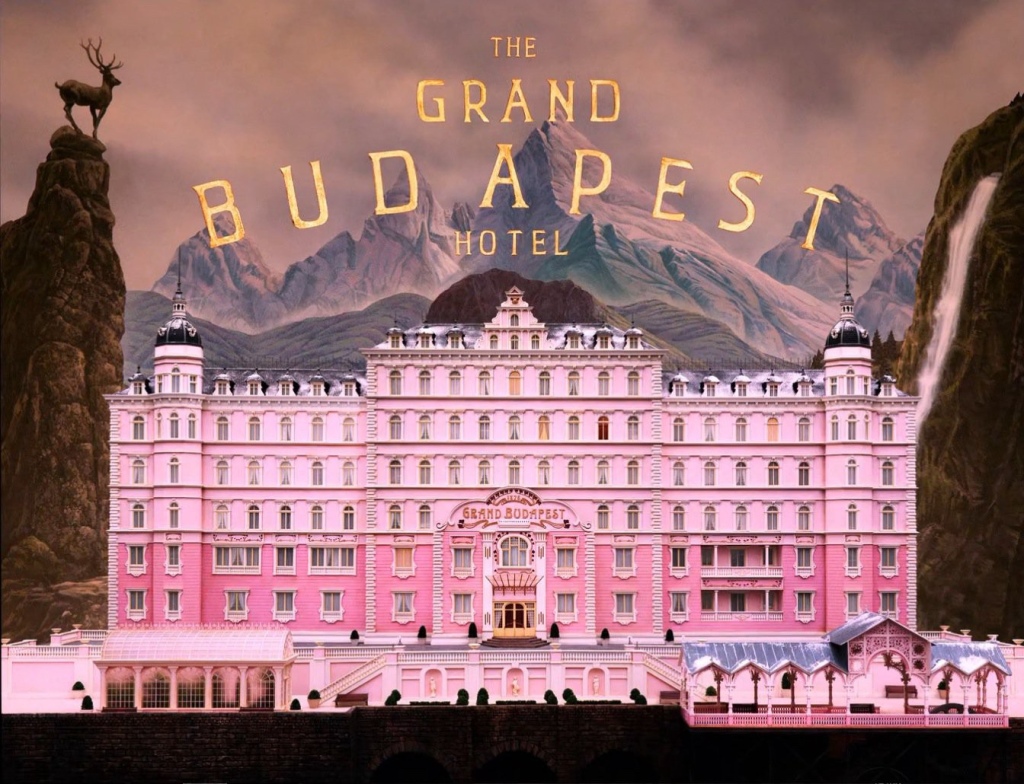
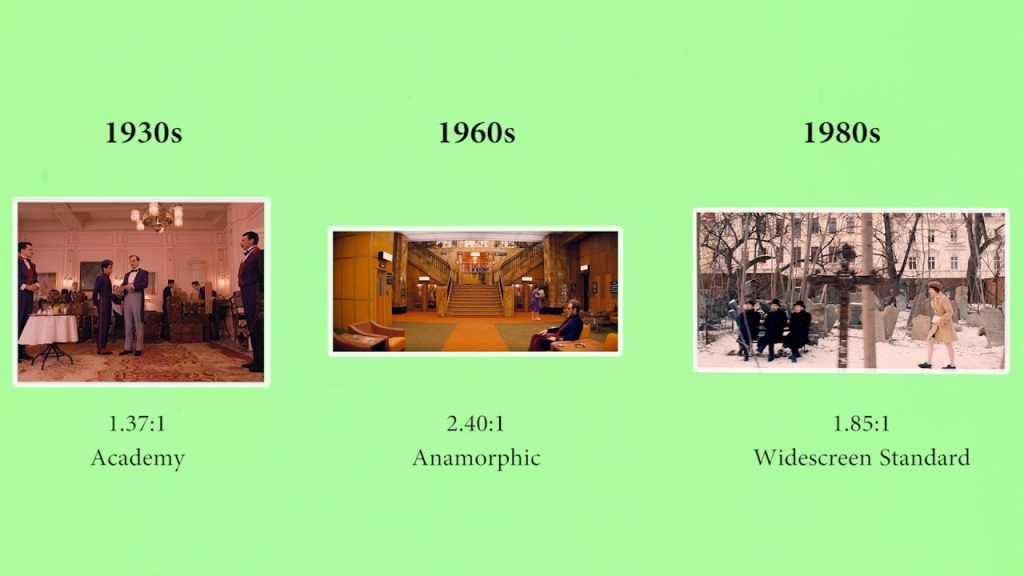
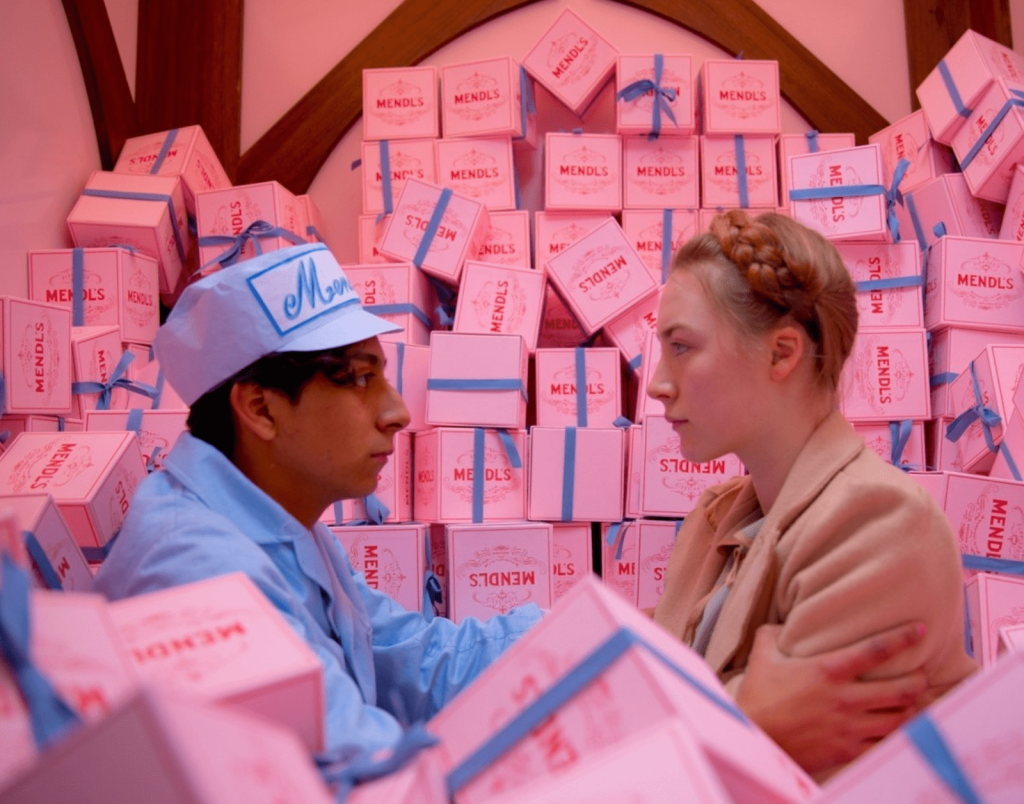


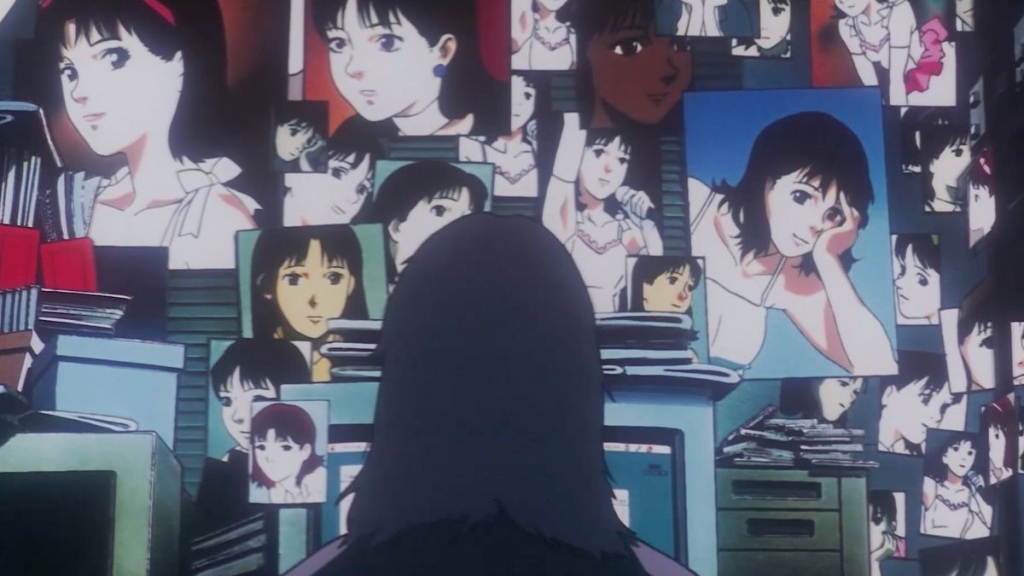
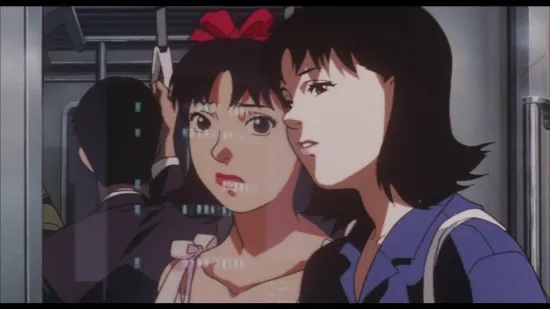
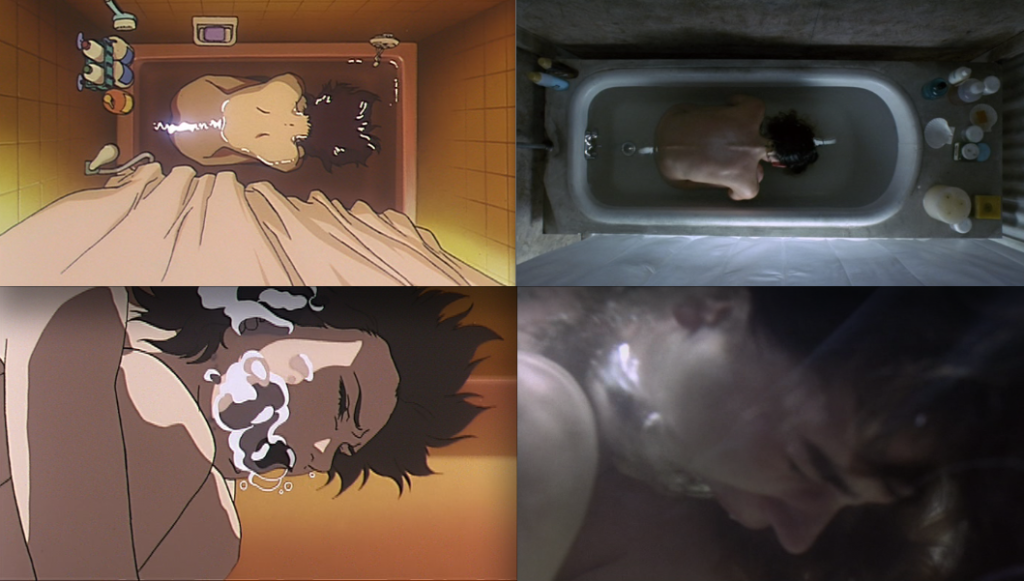
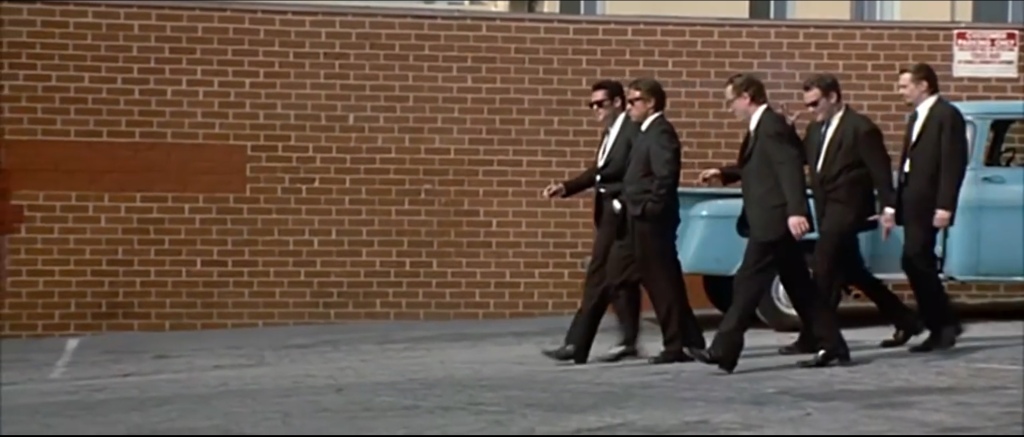
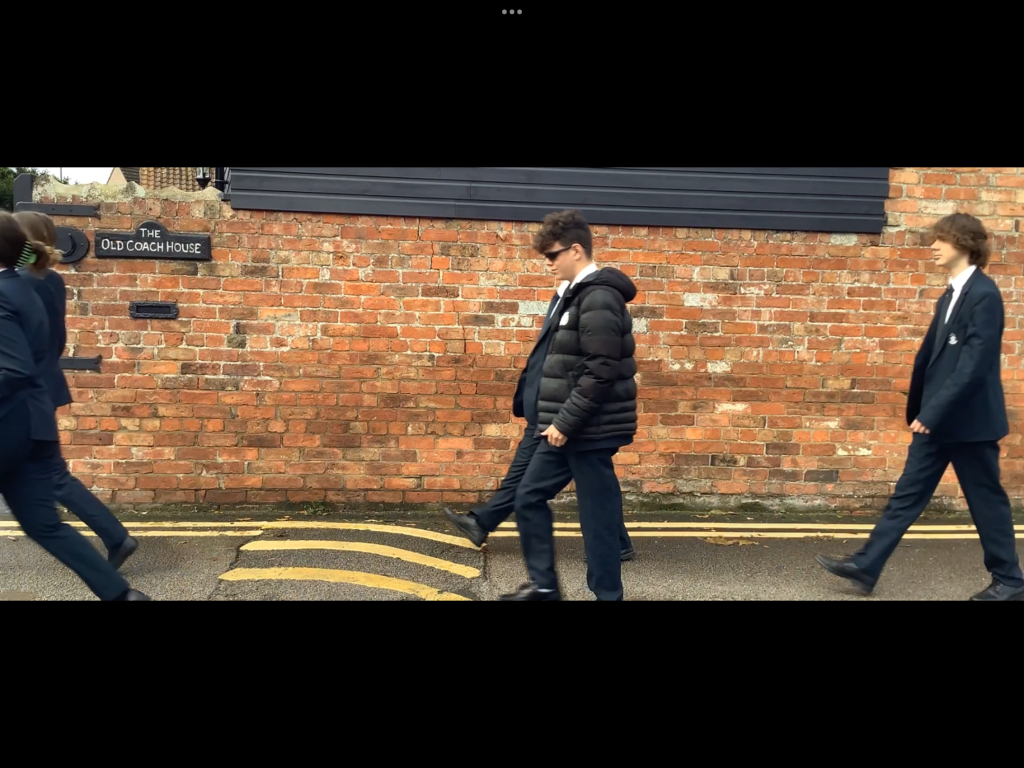
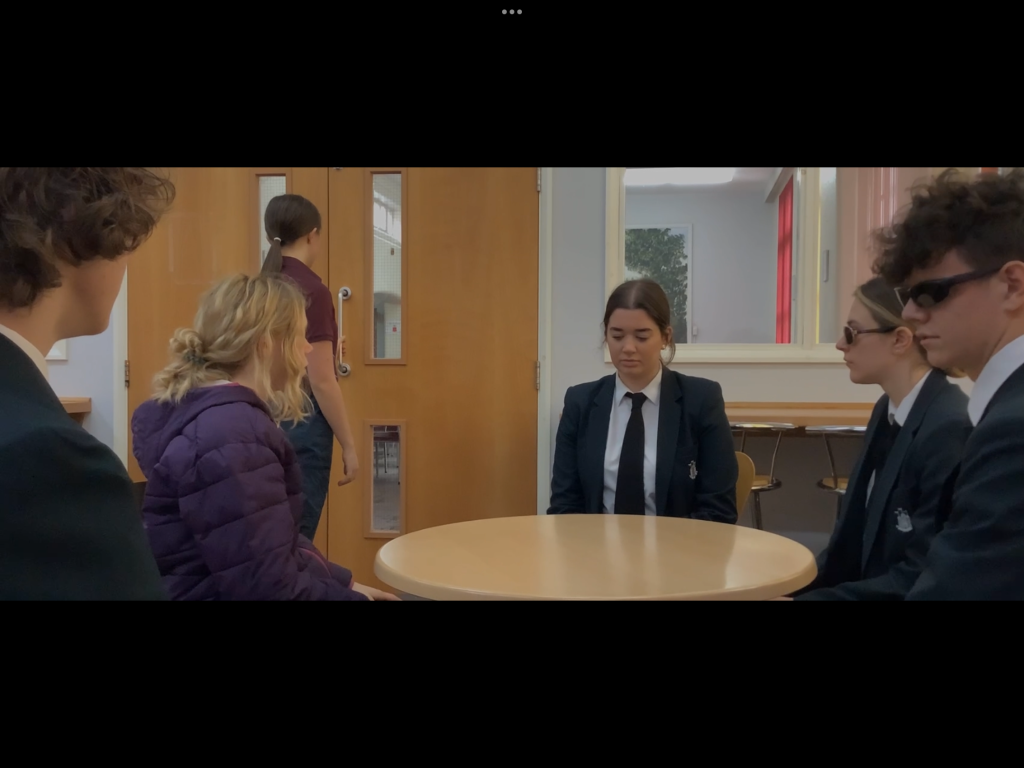
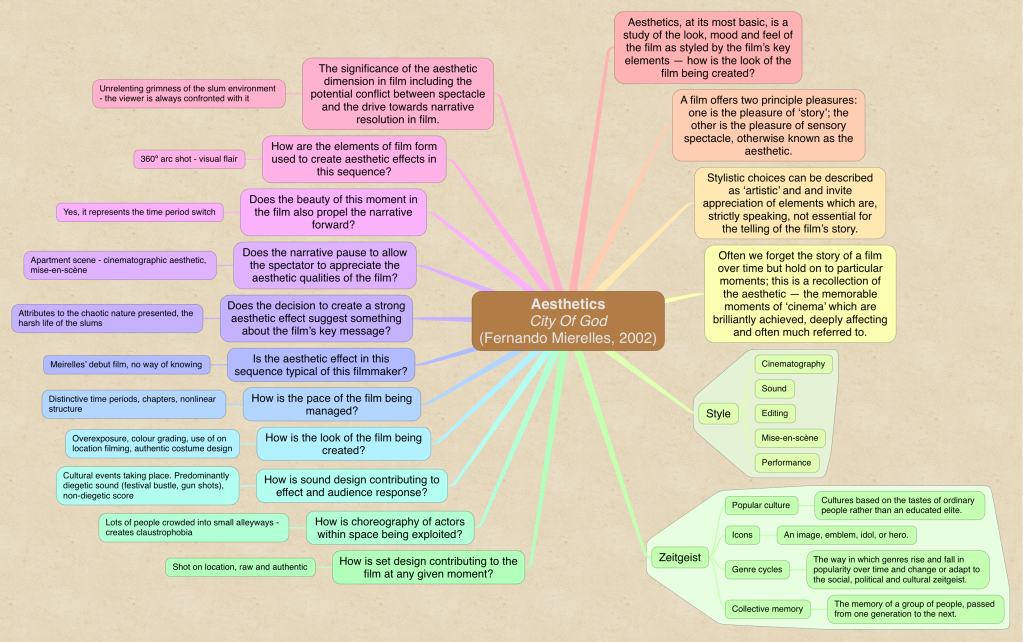
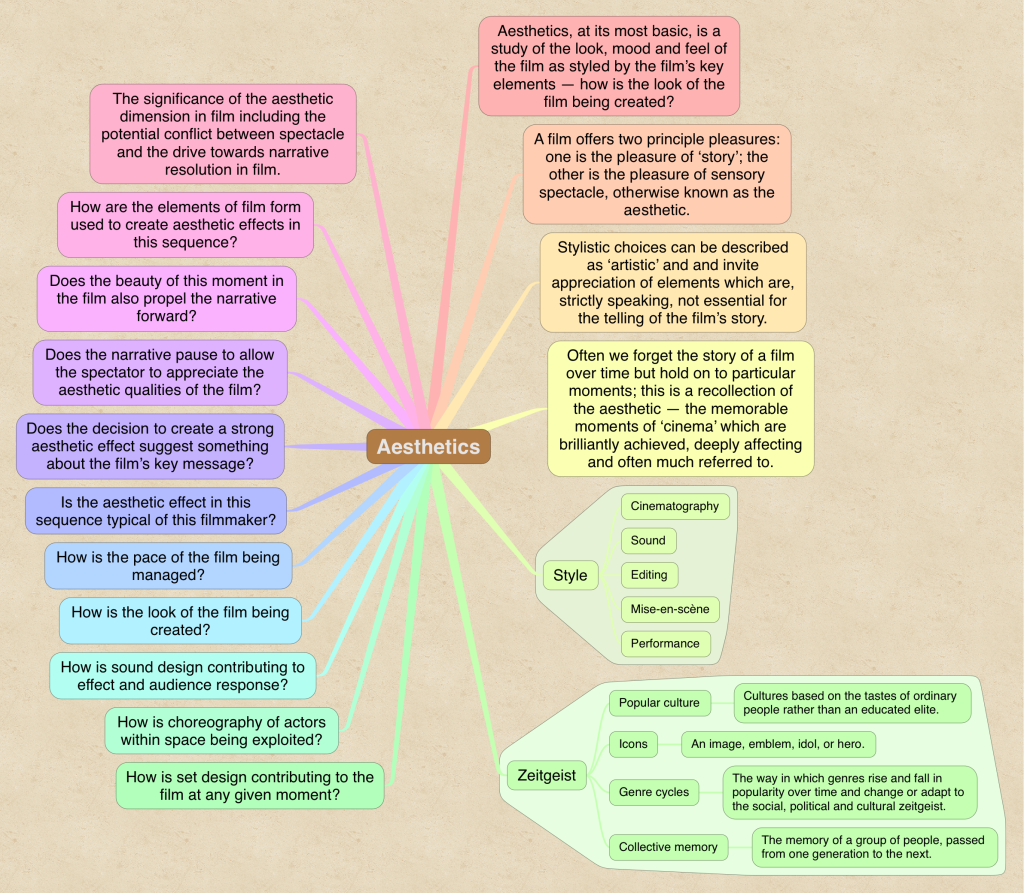
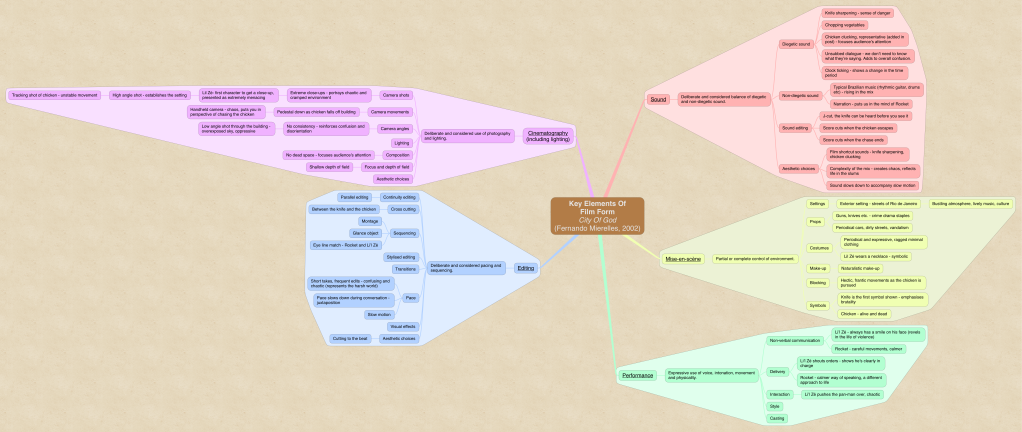
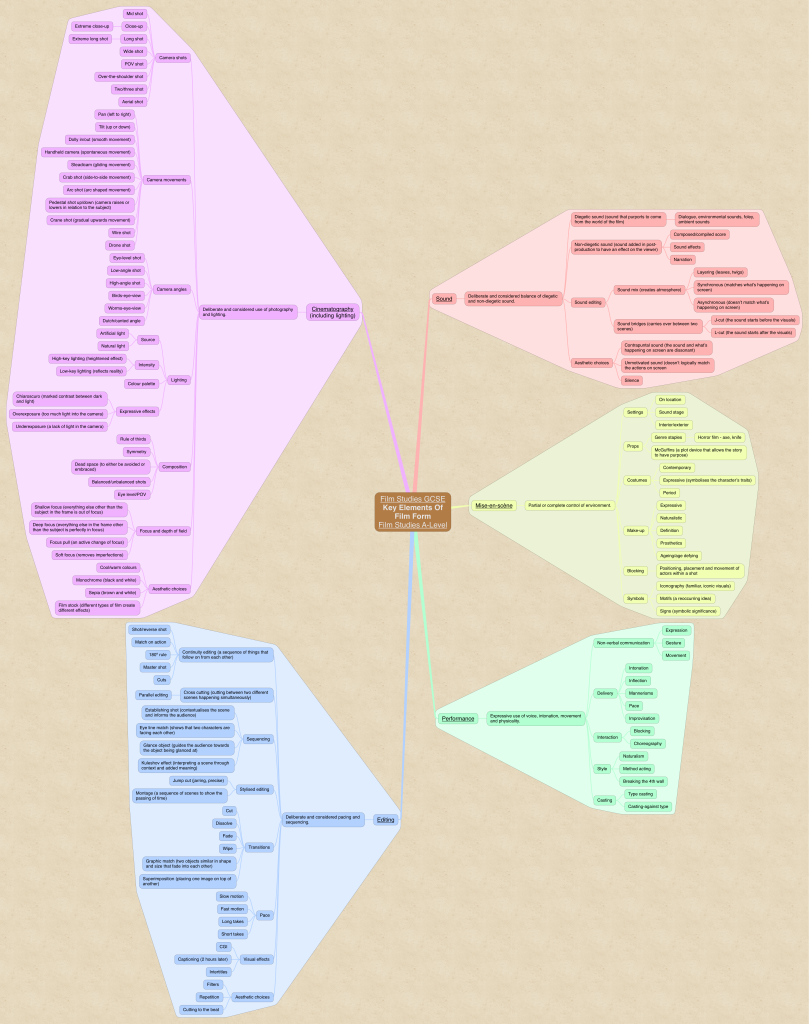
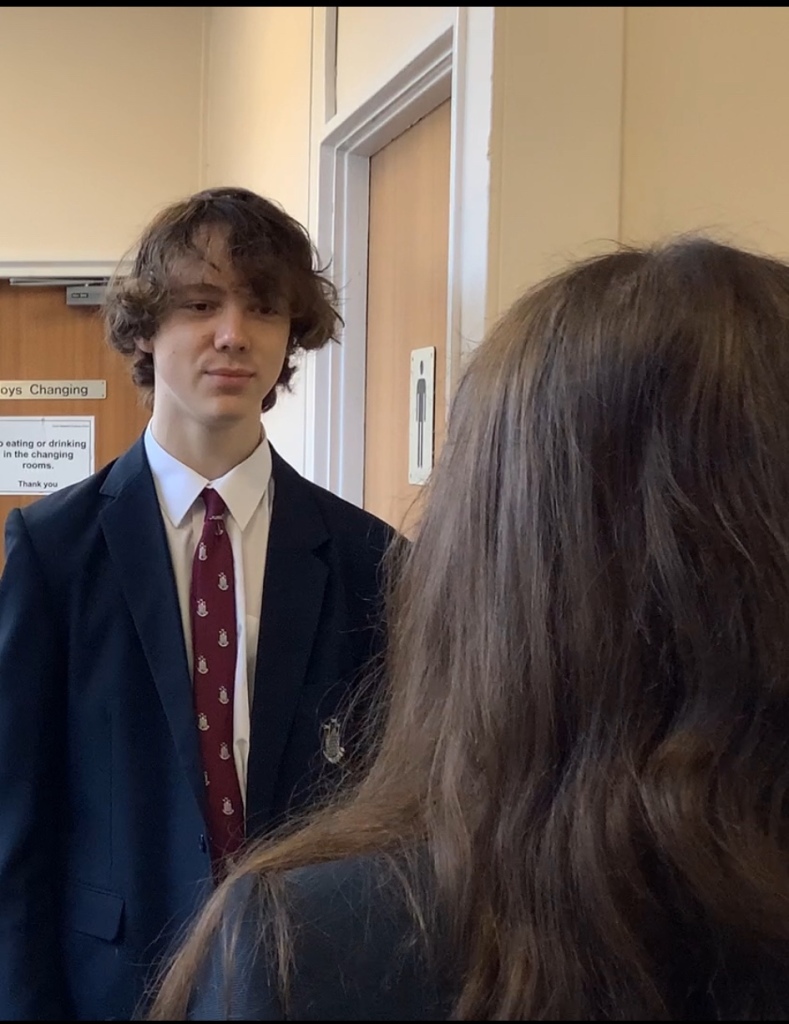
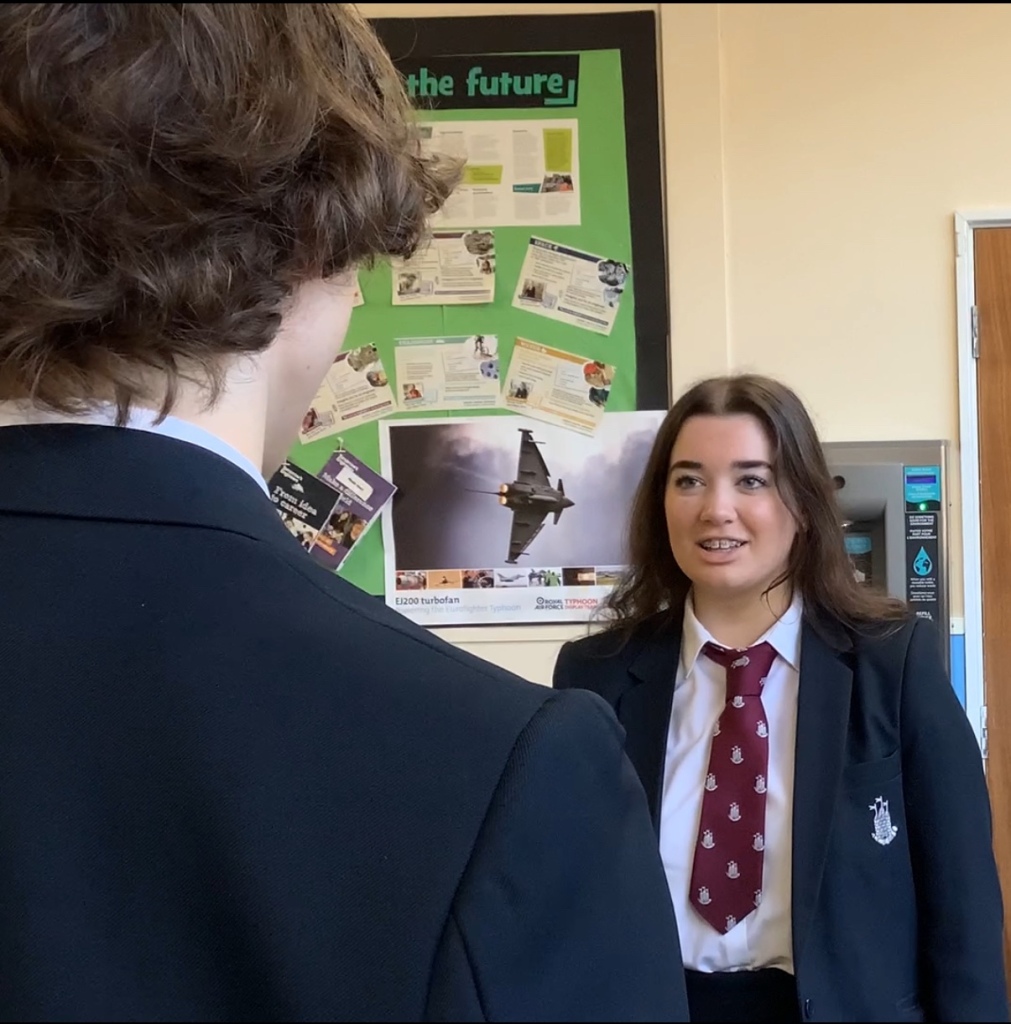
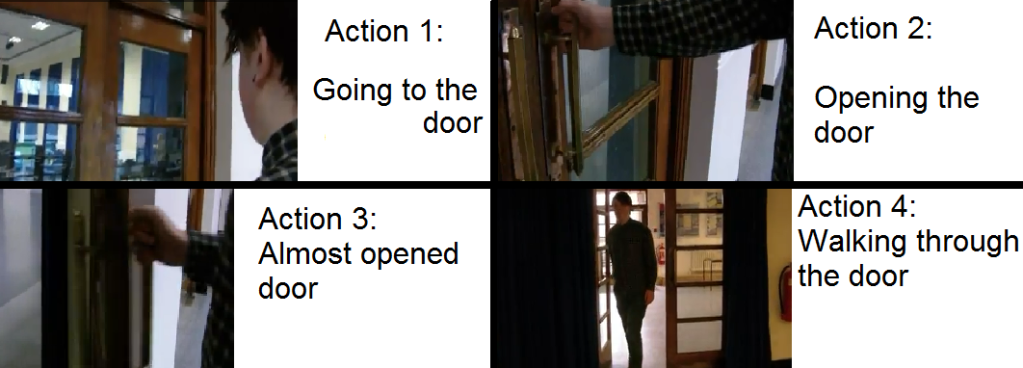
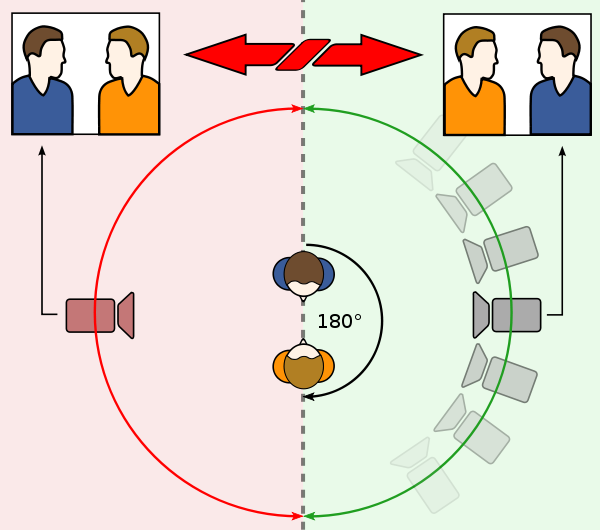

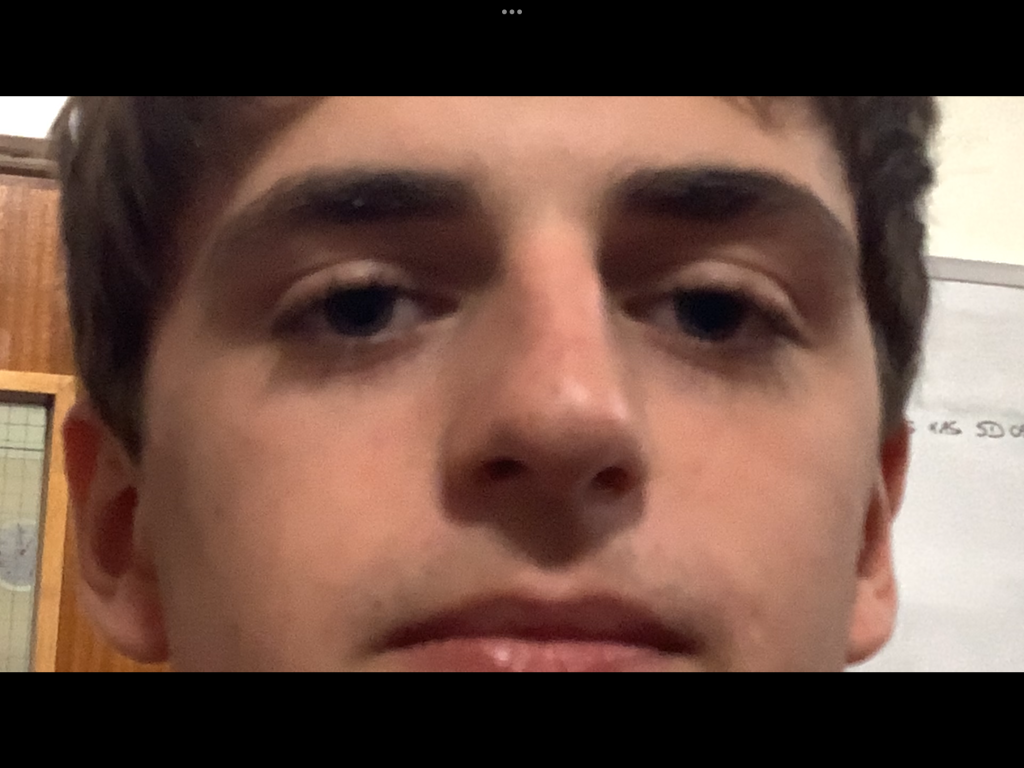
You must be logged in to post a comment.